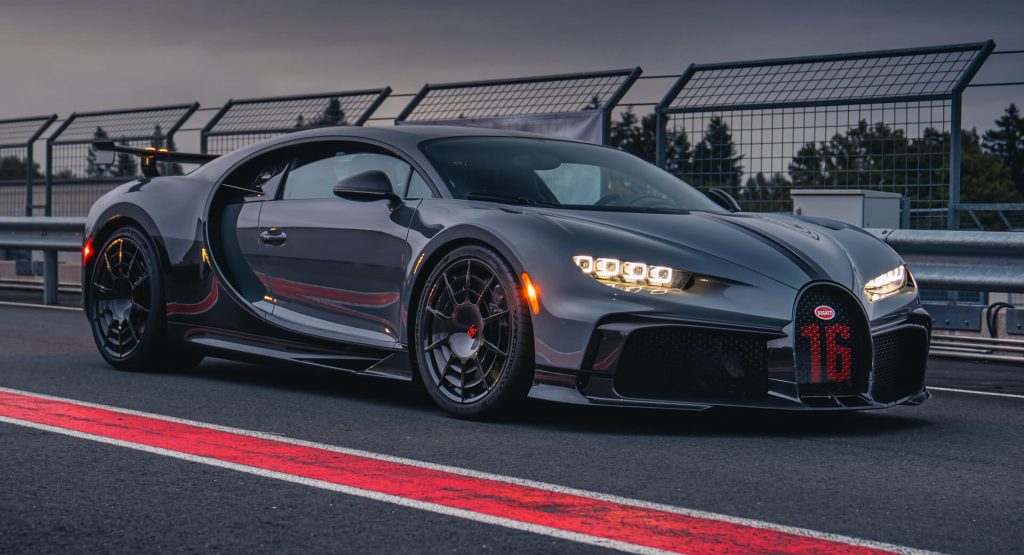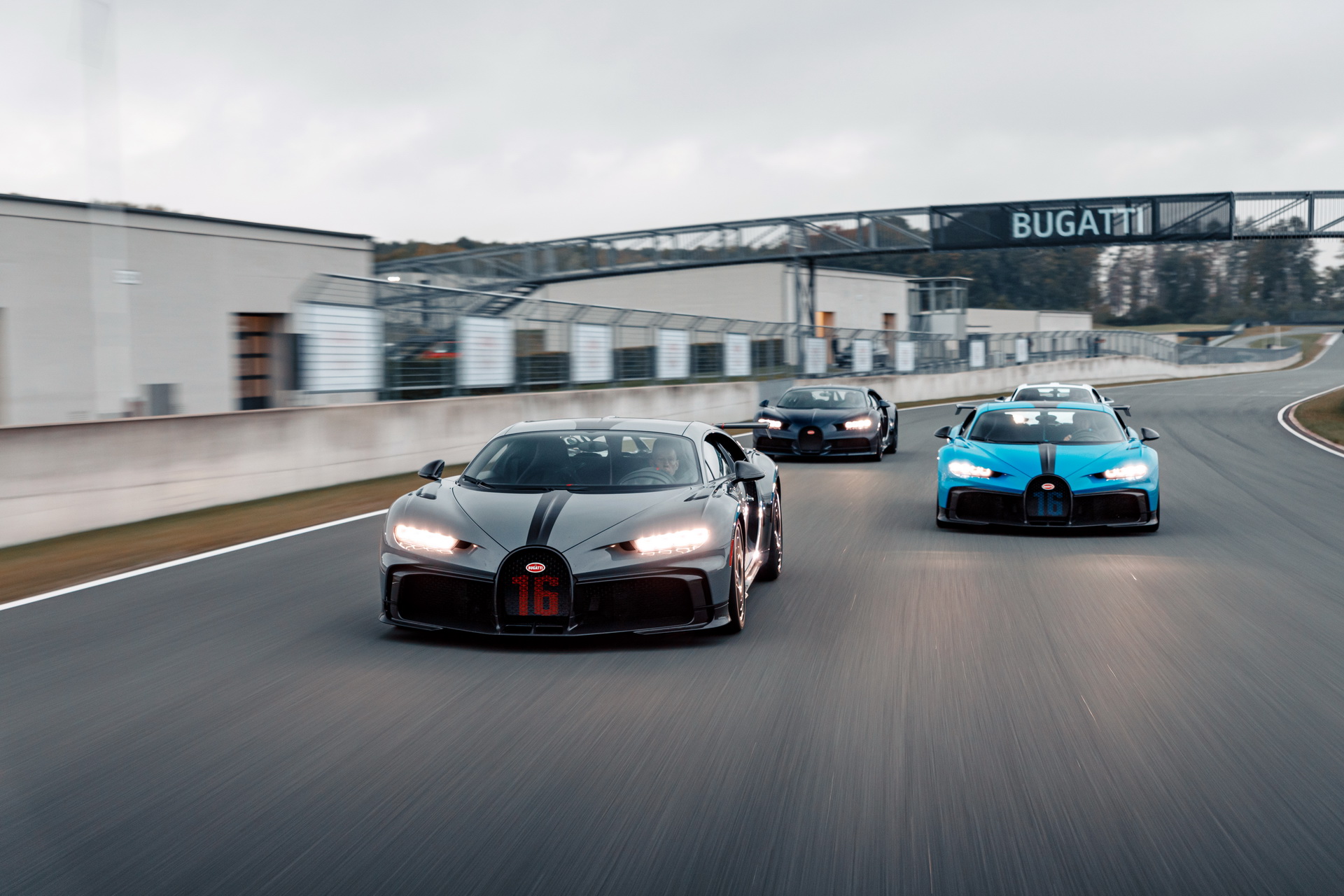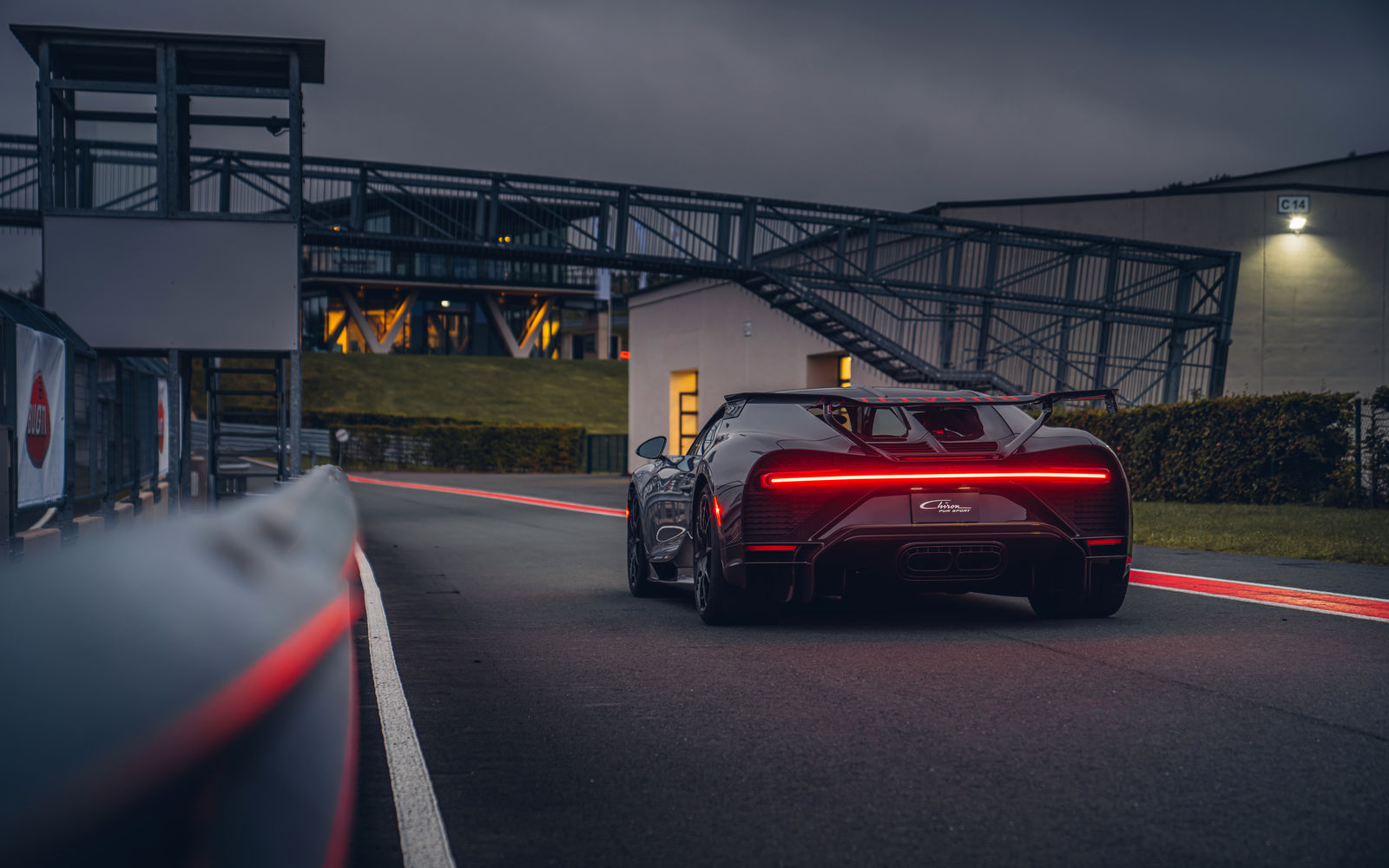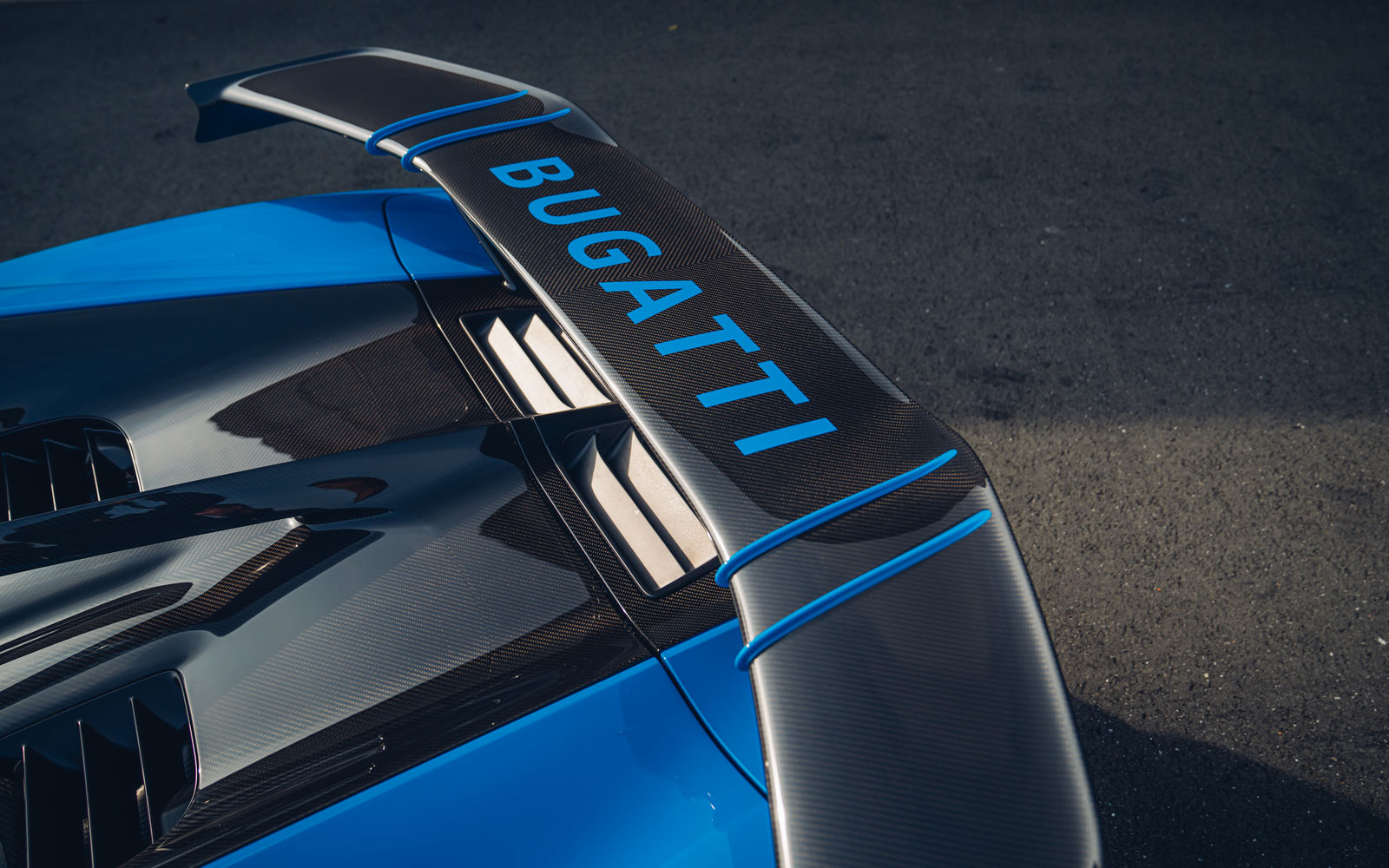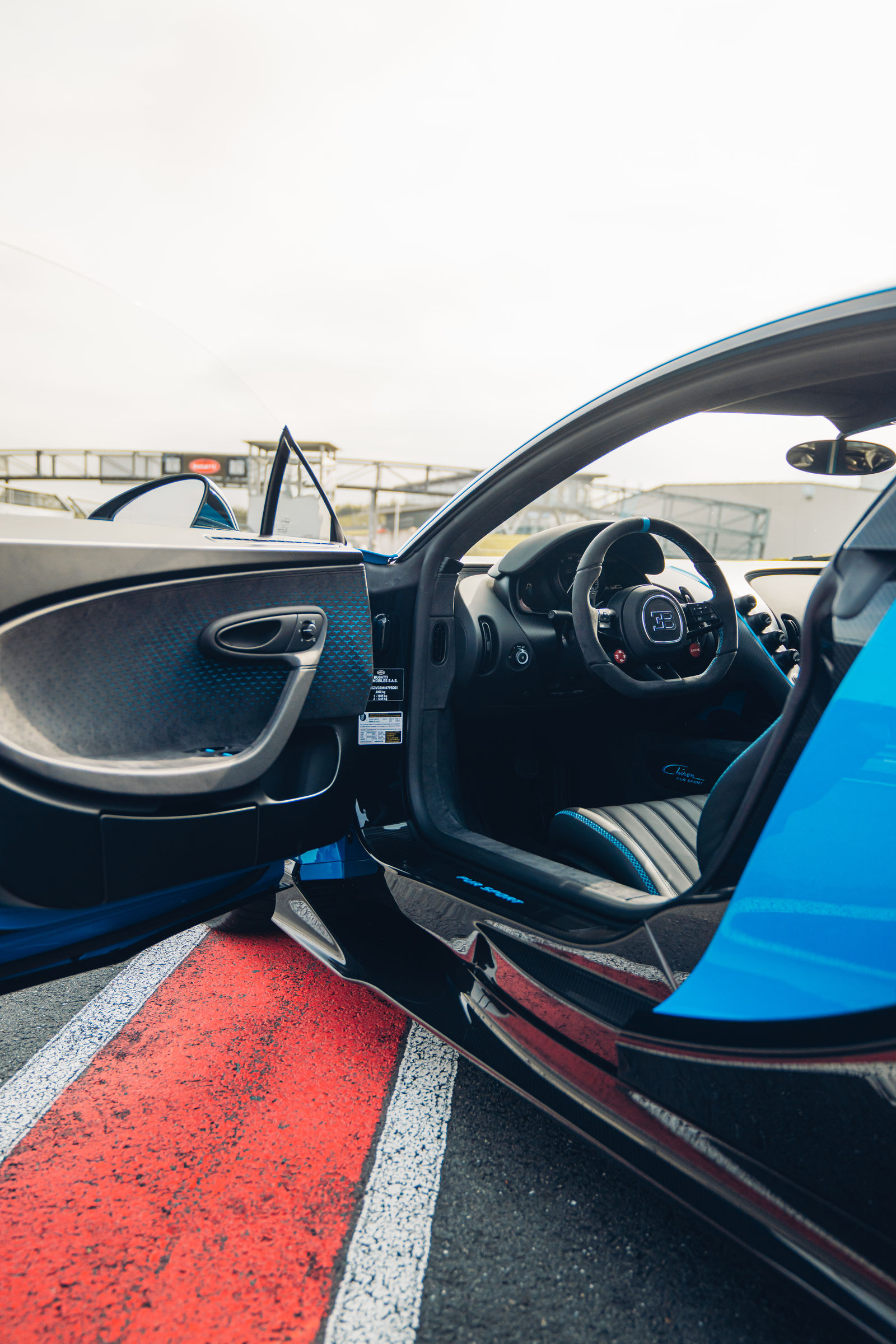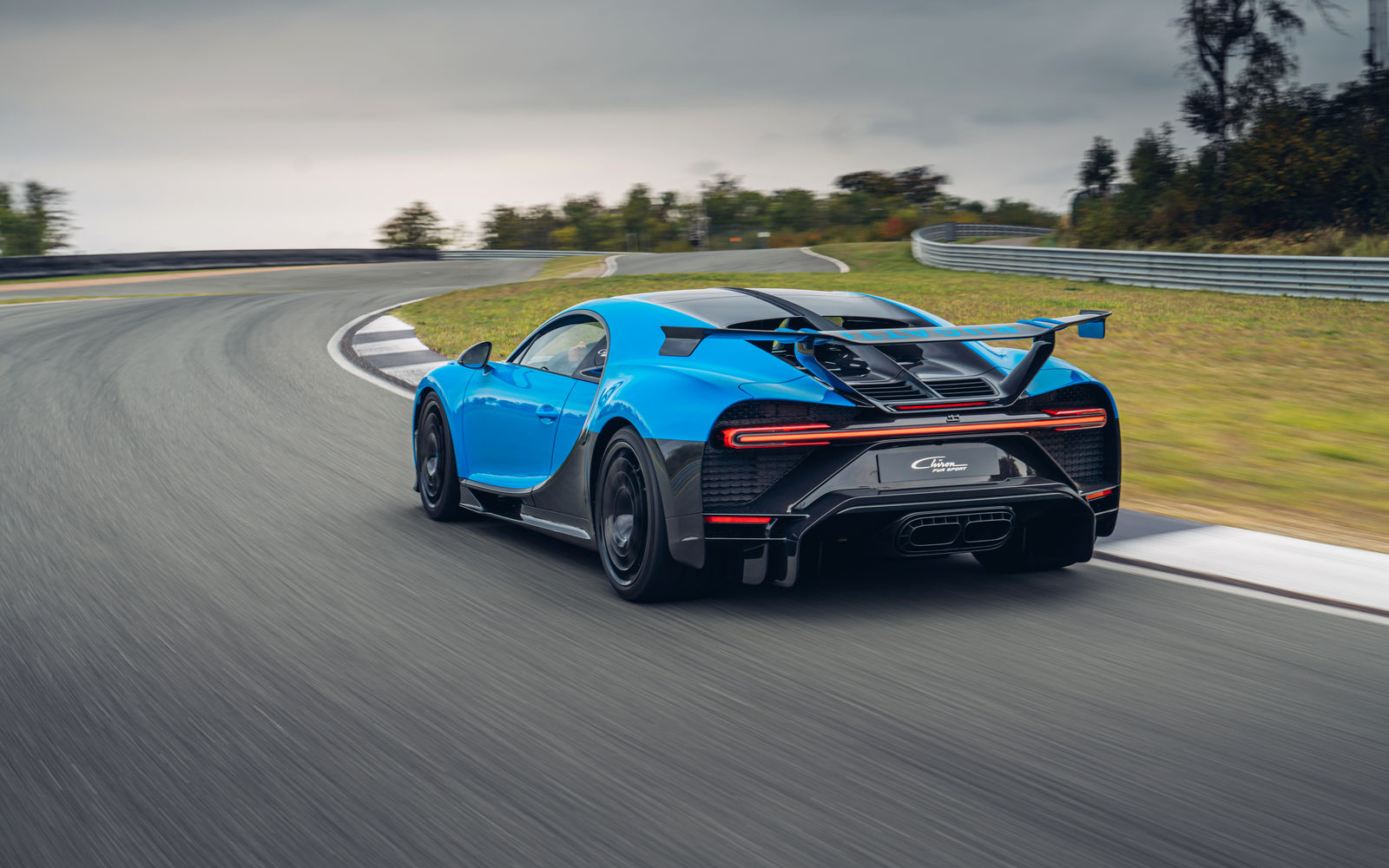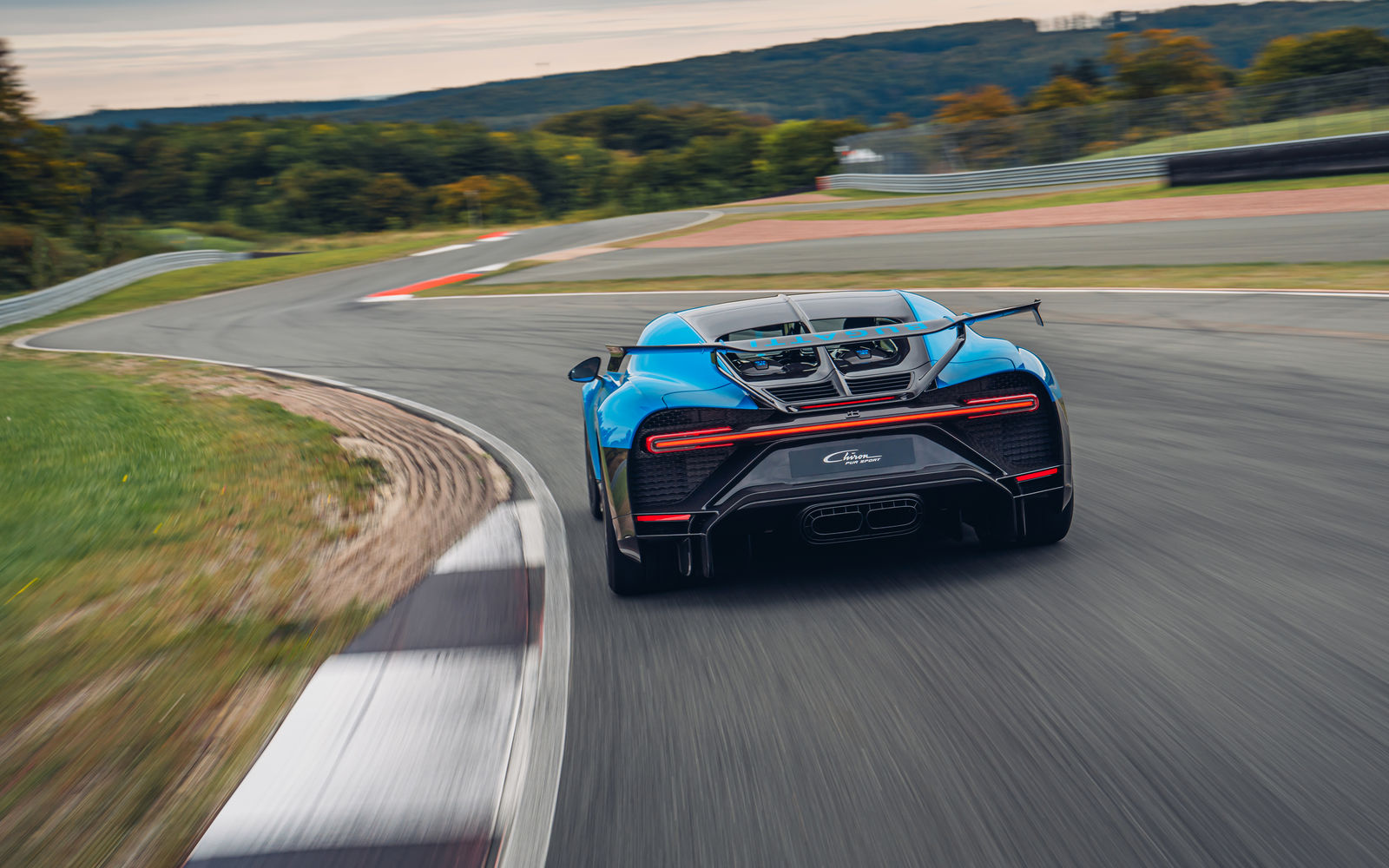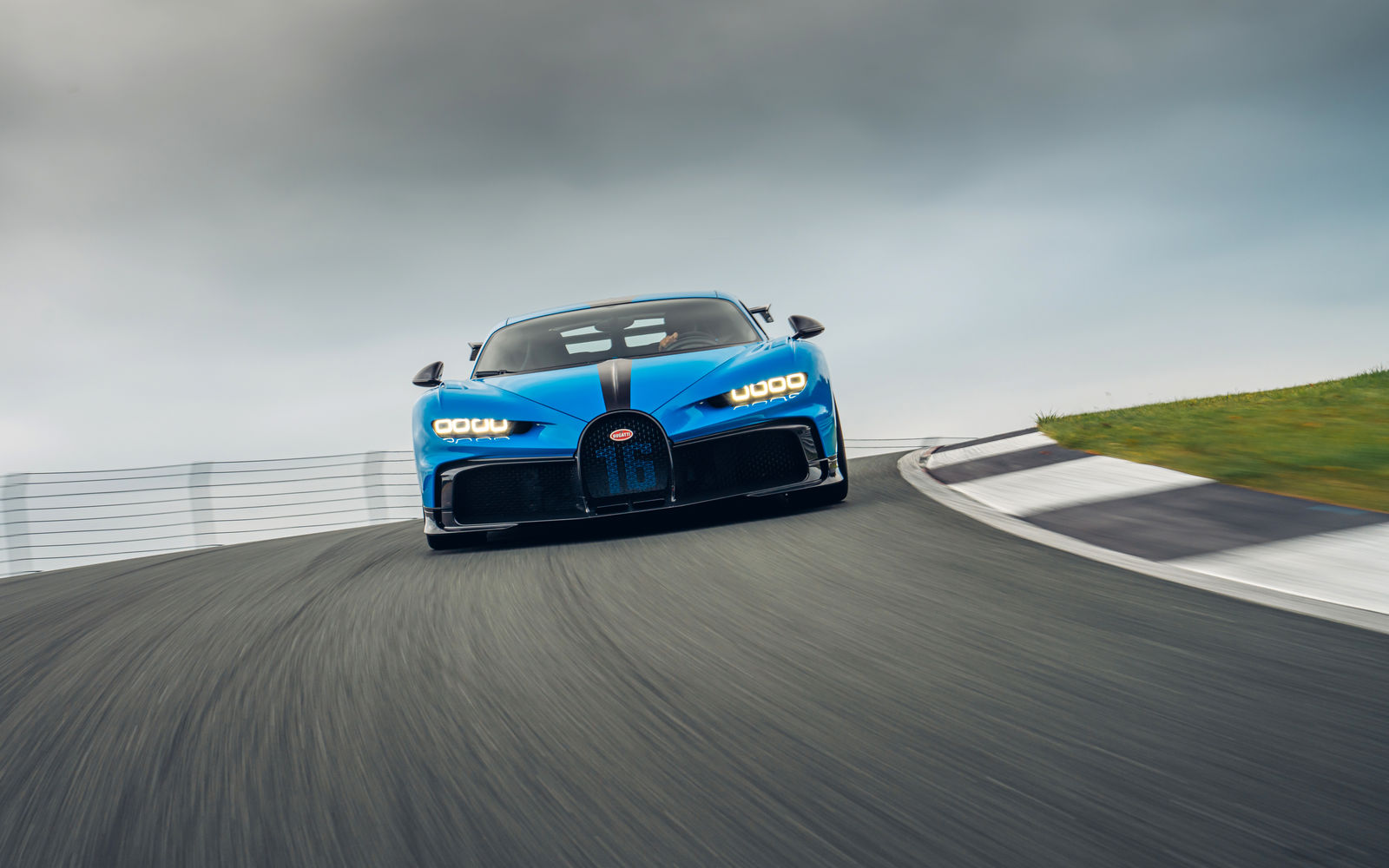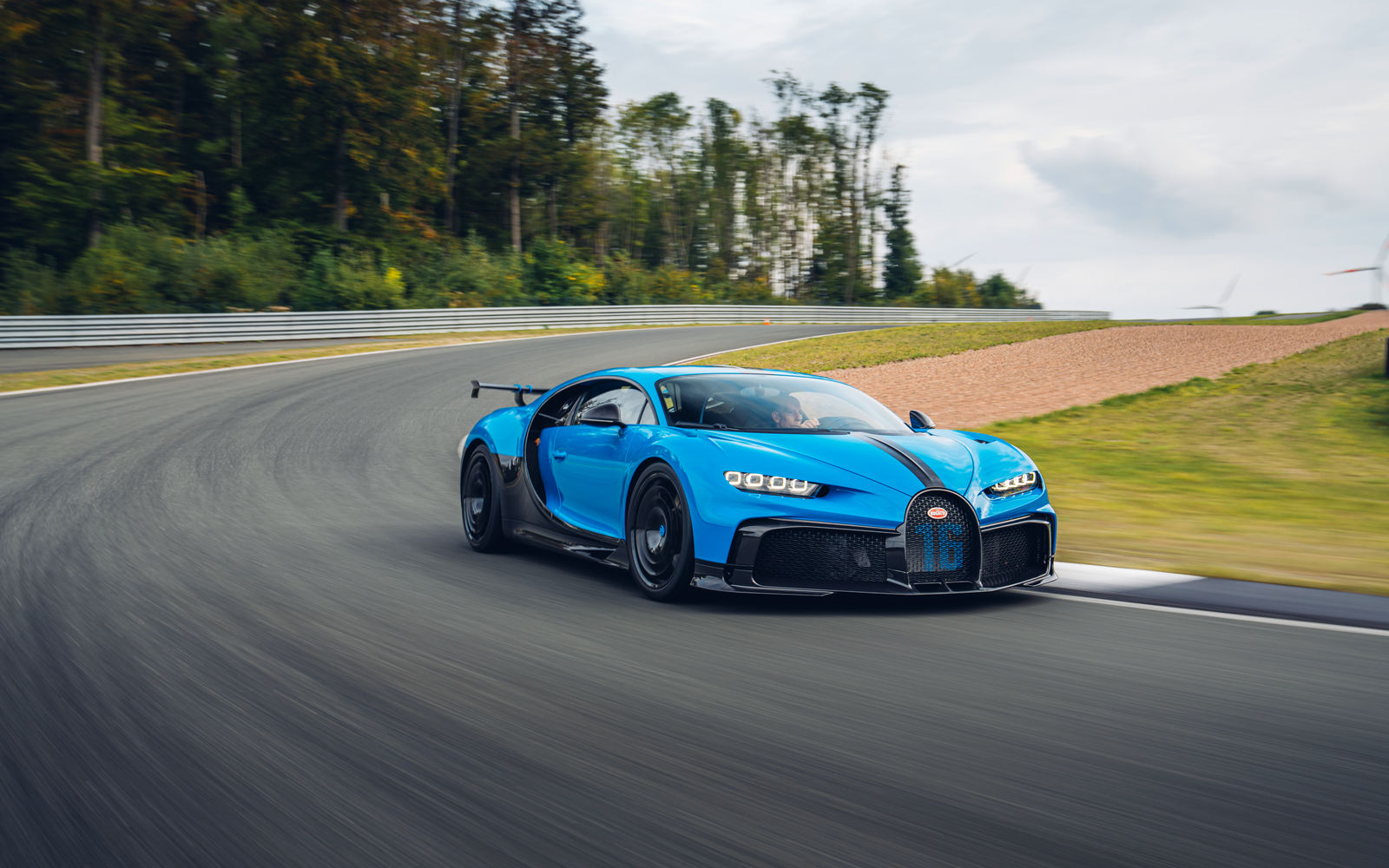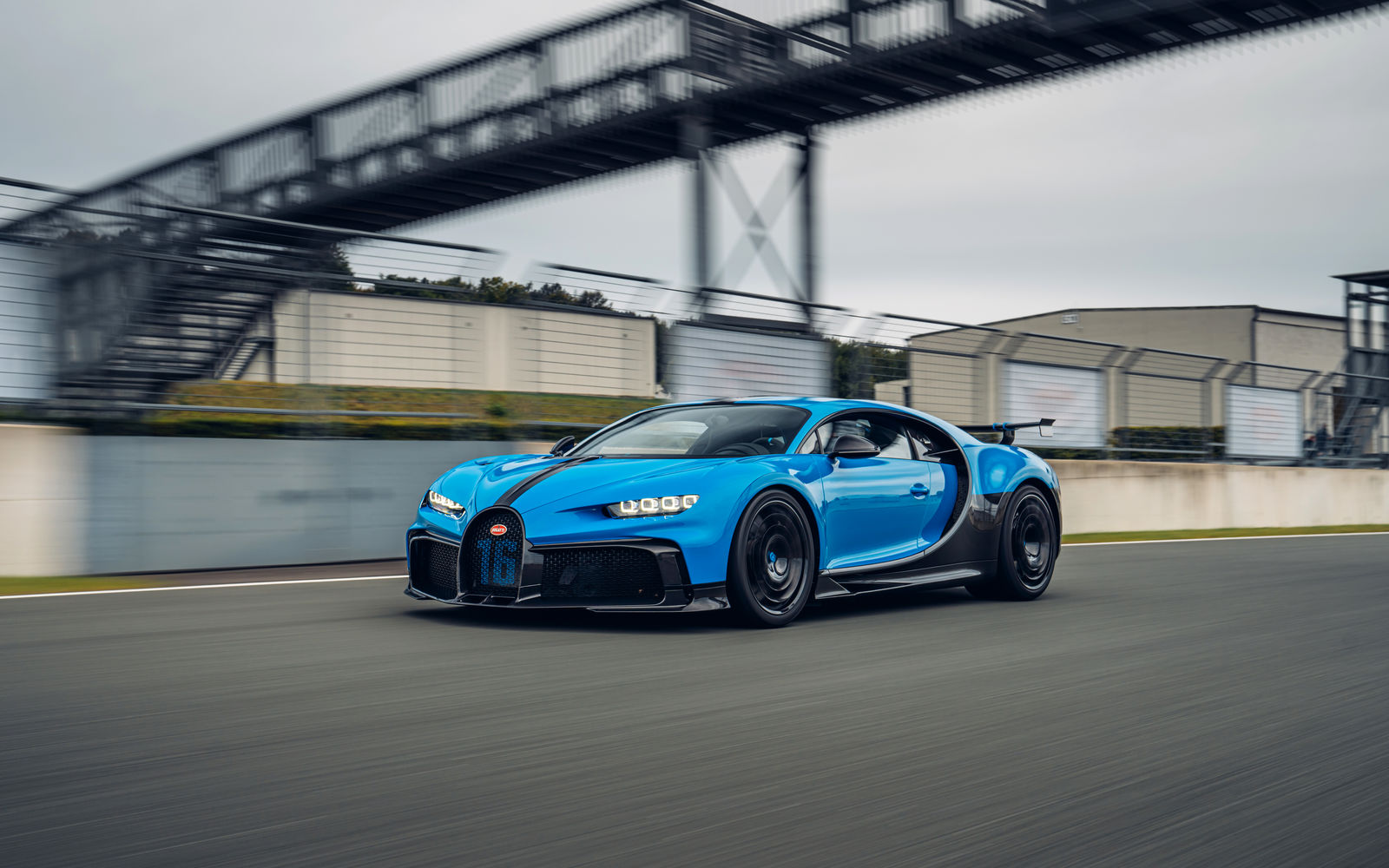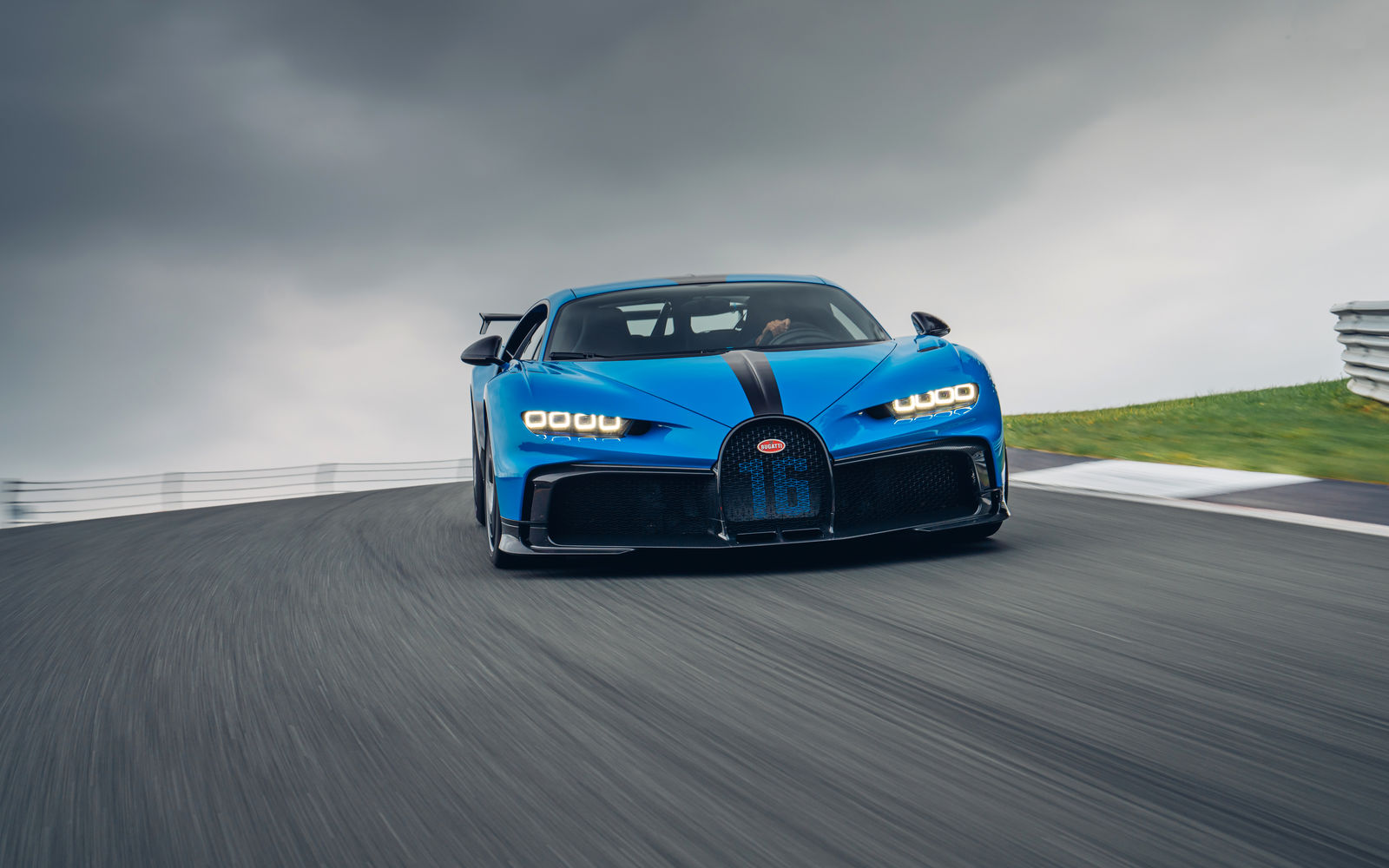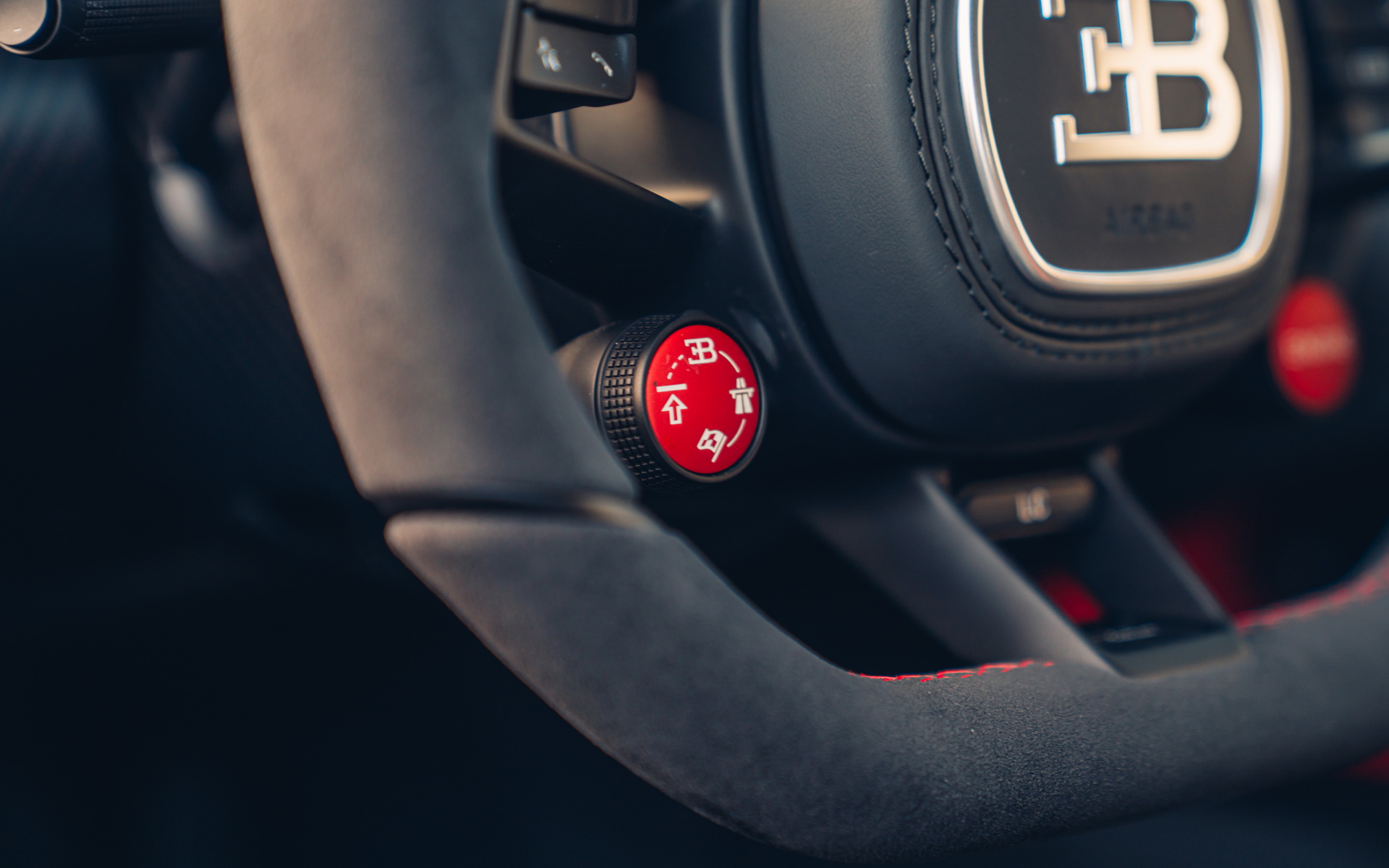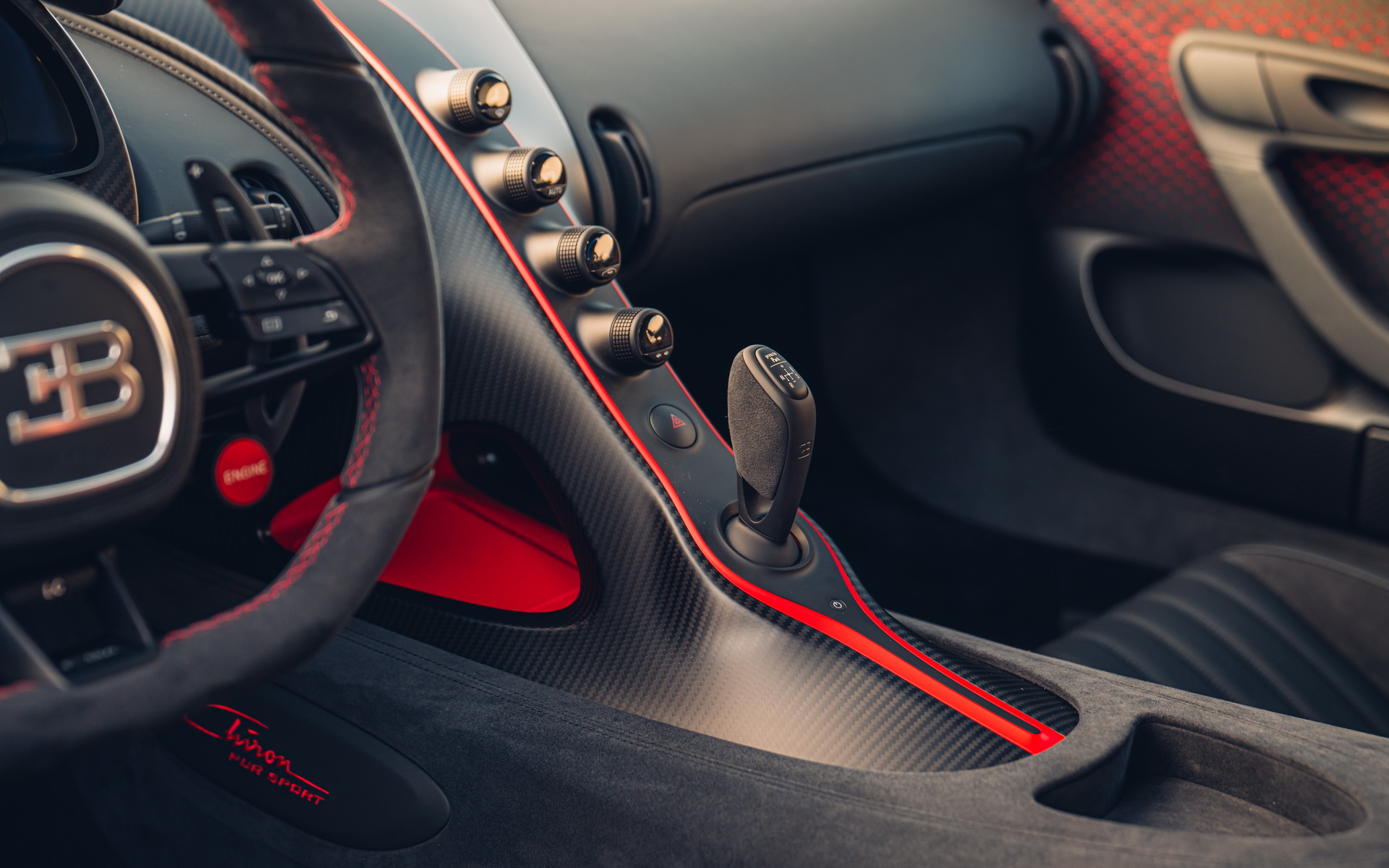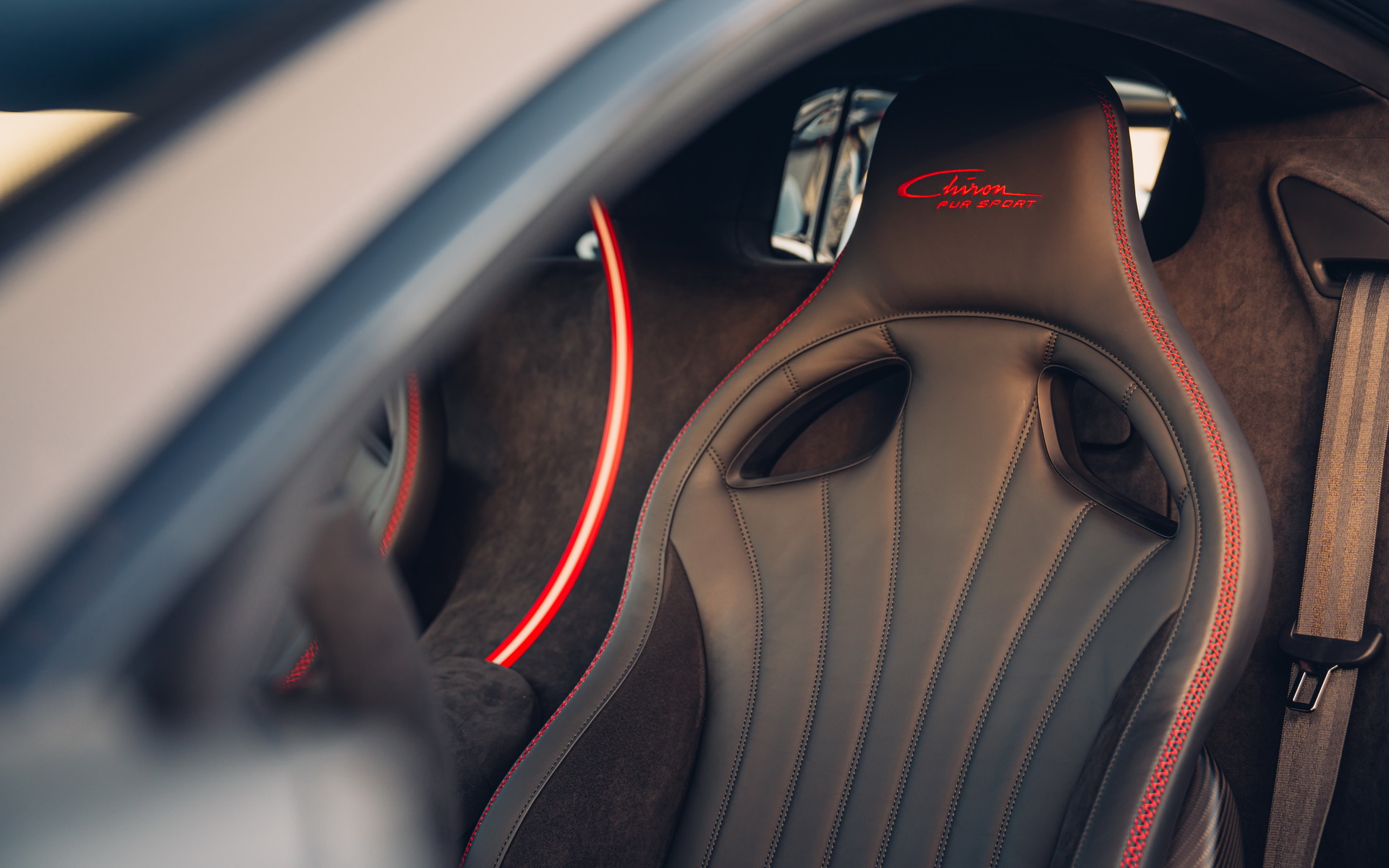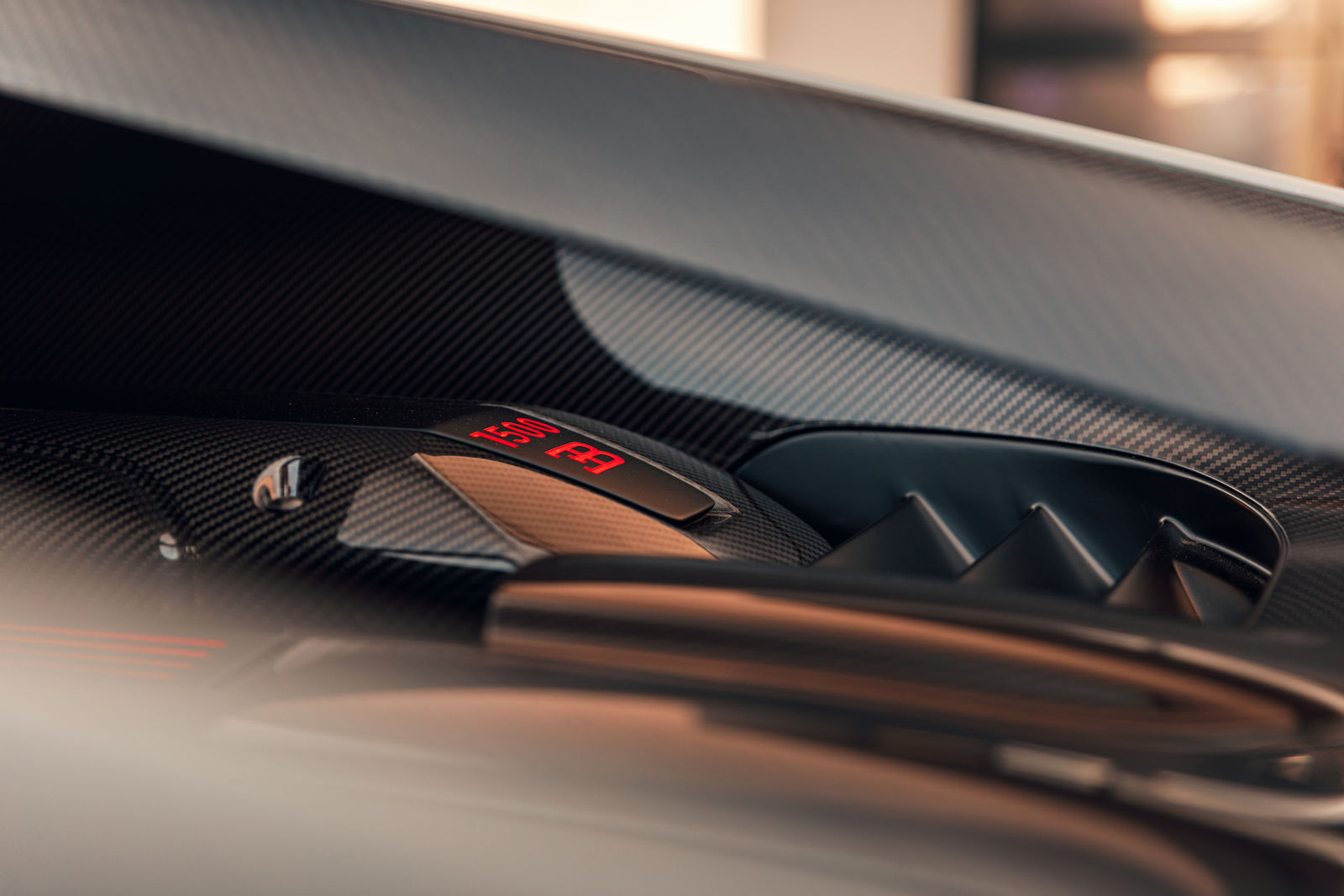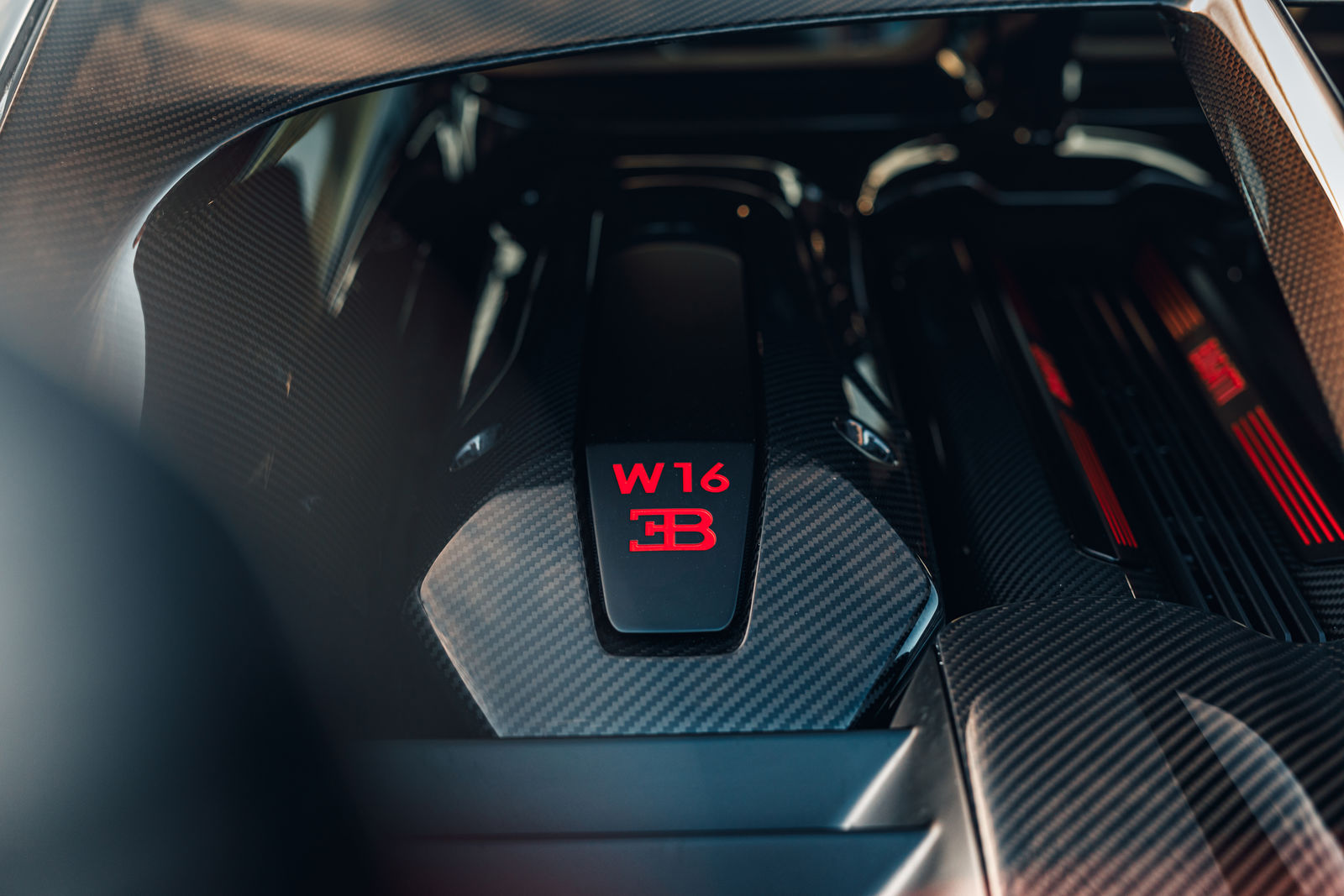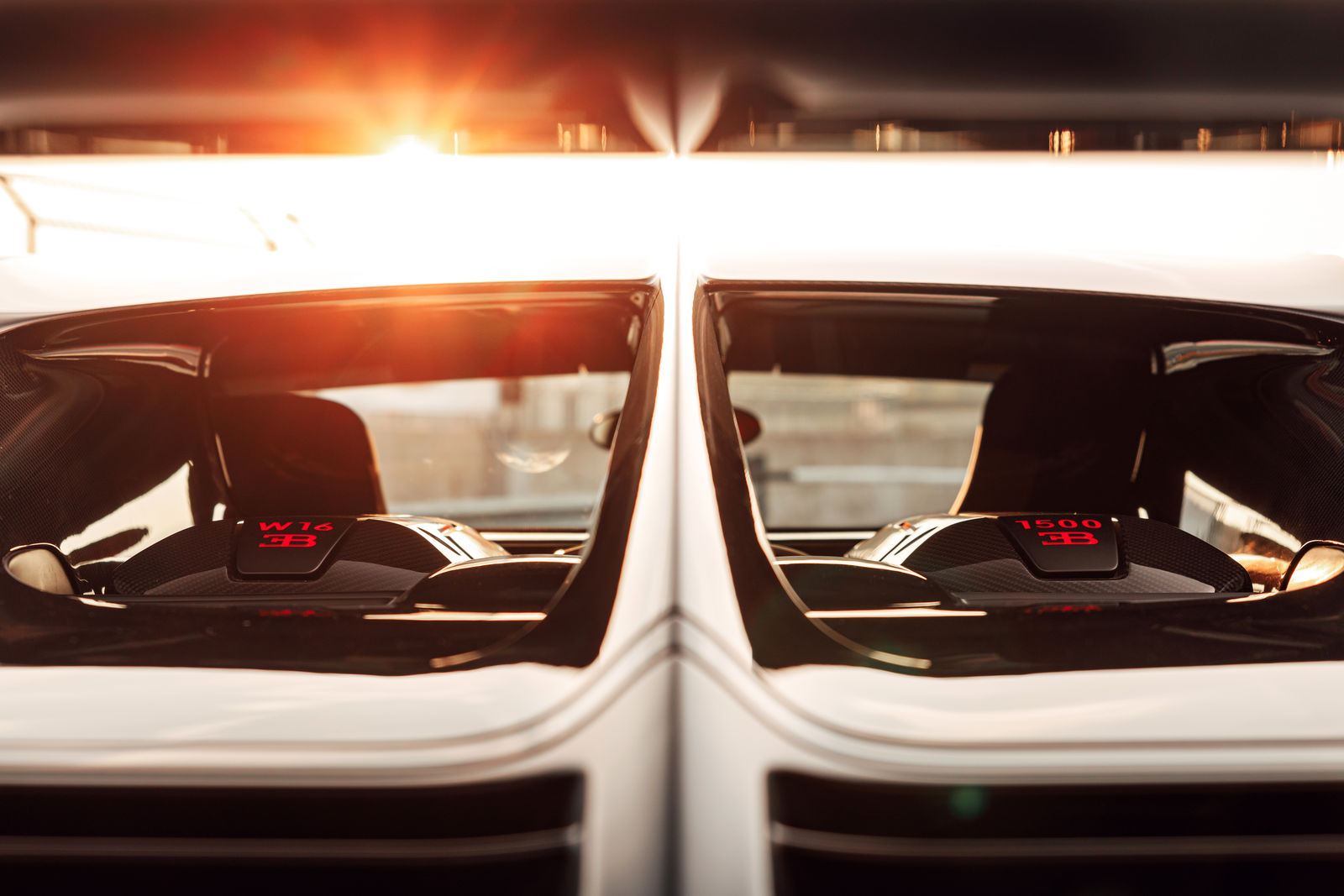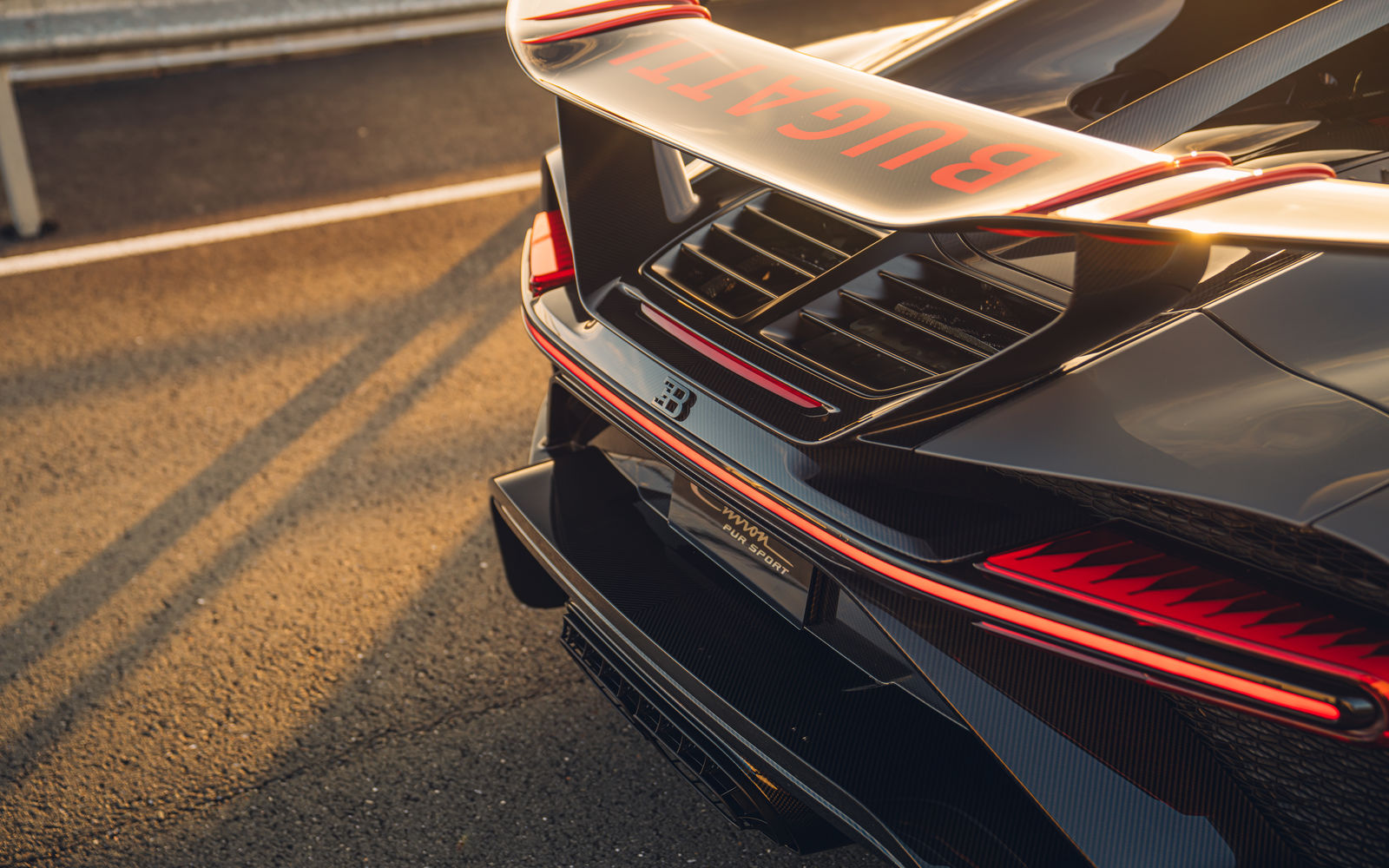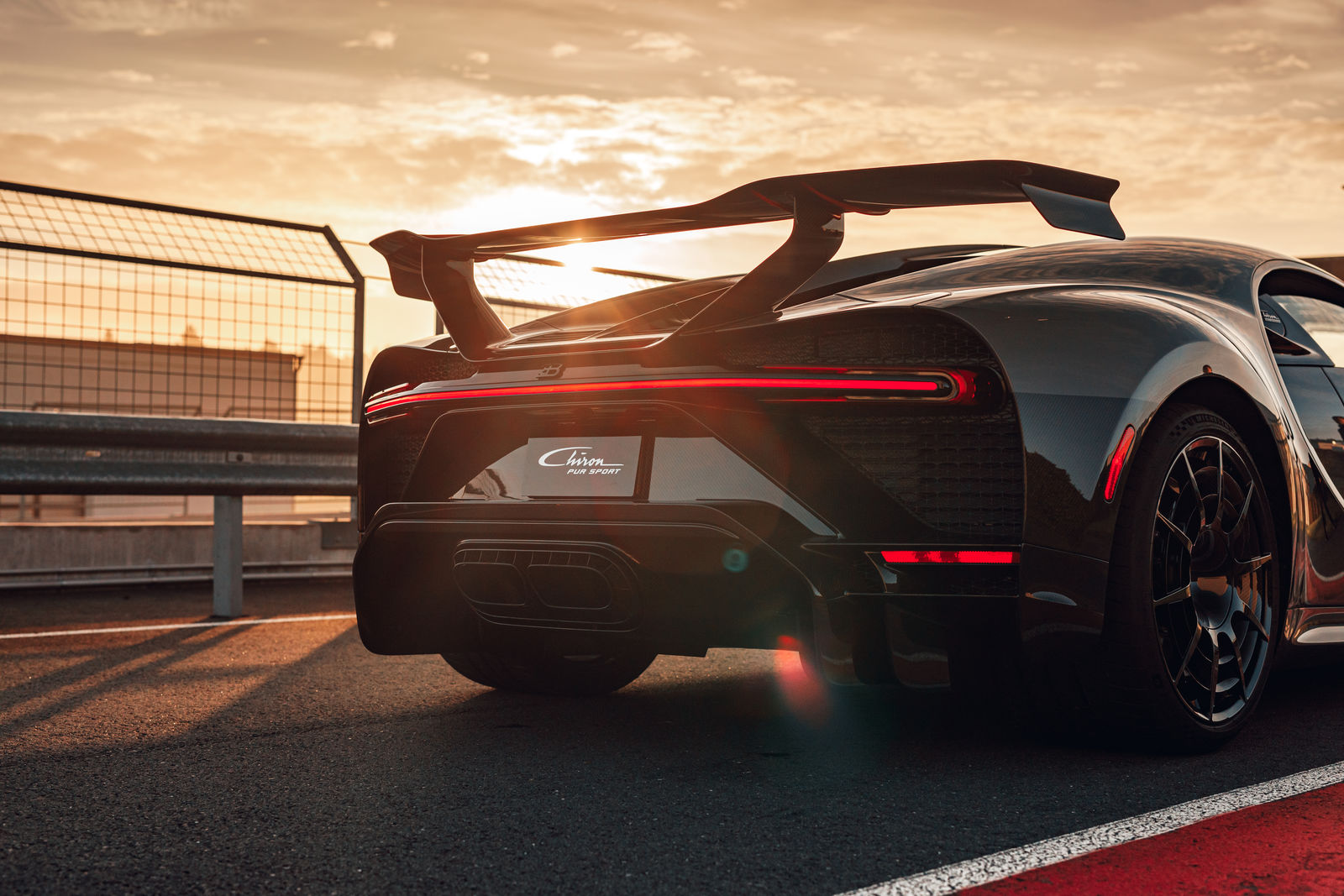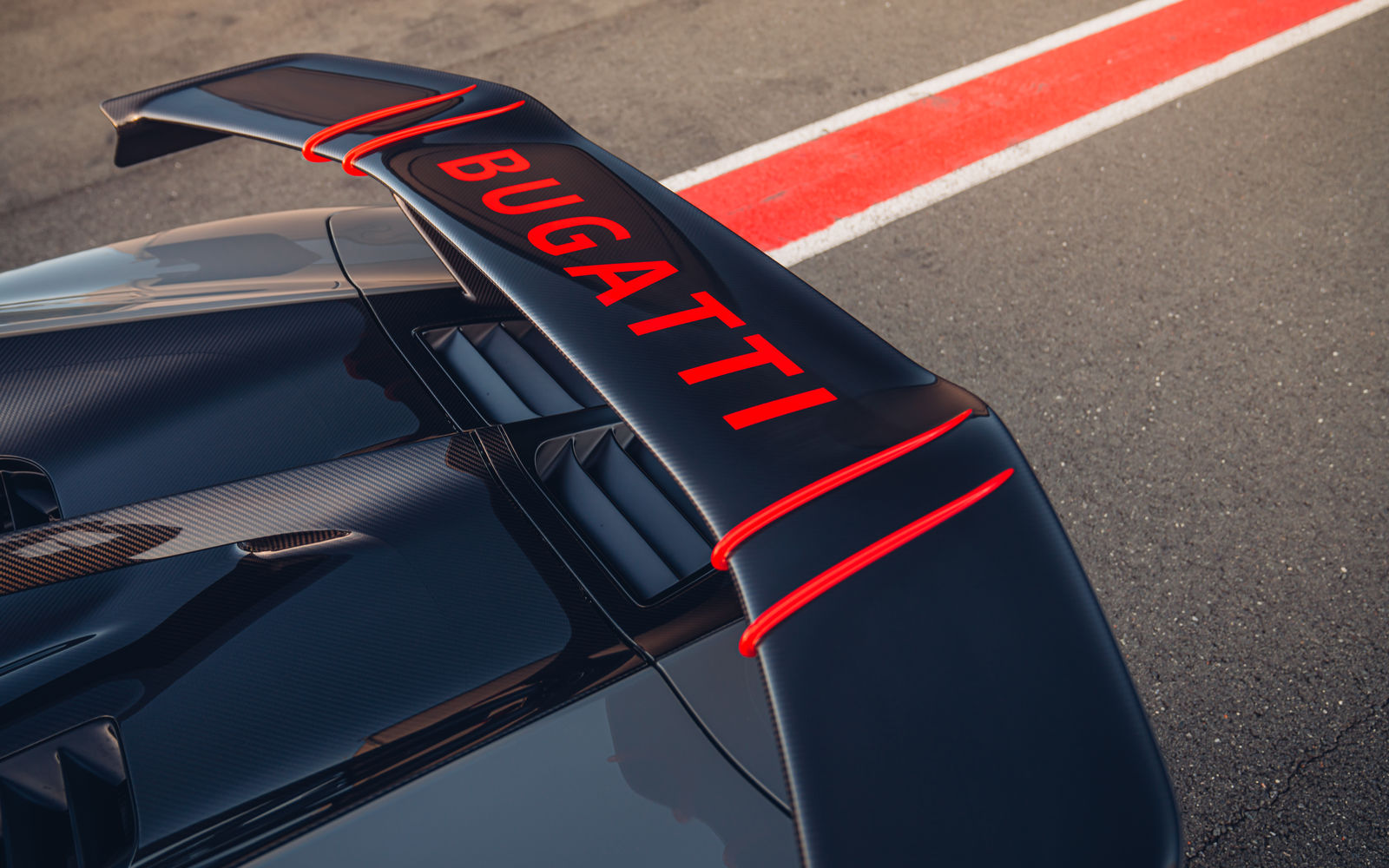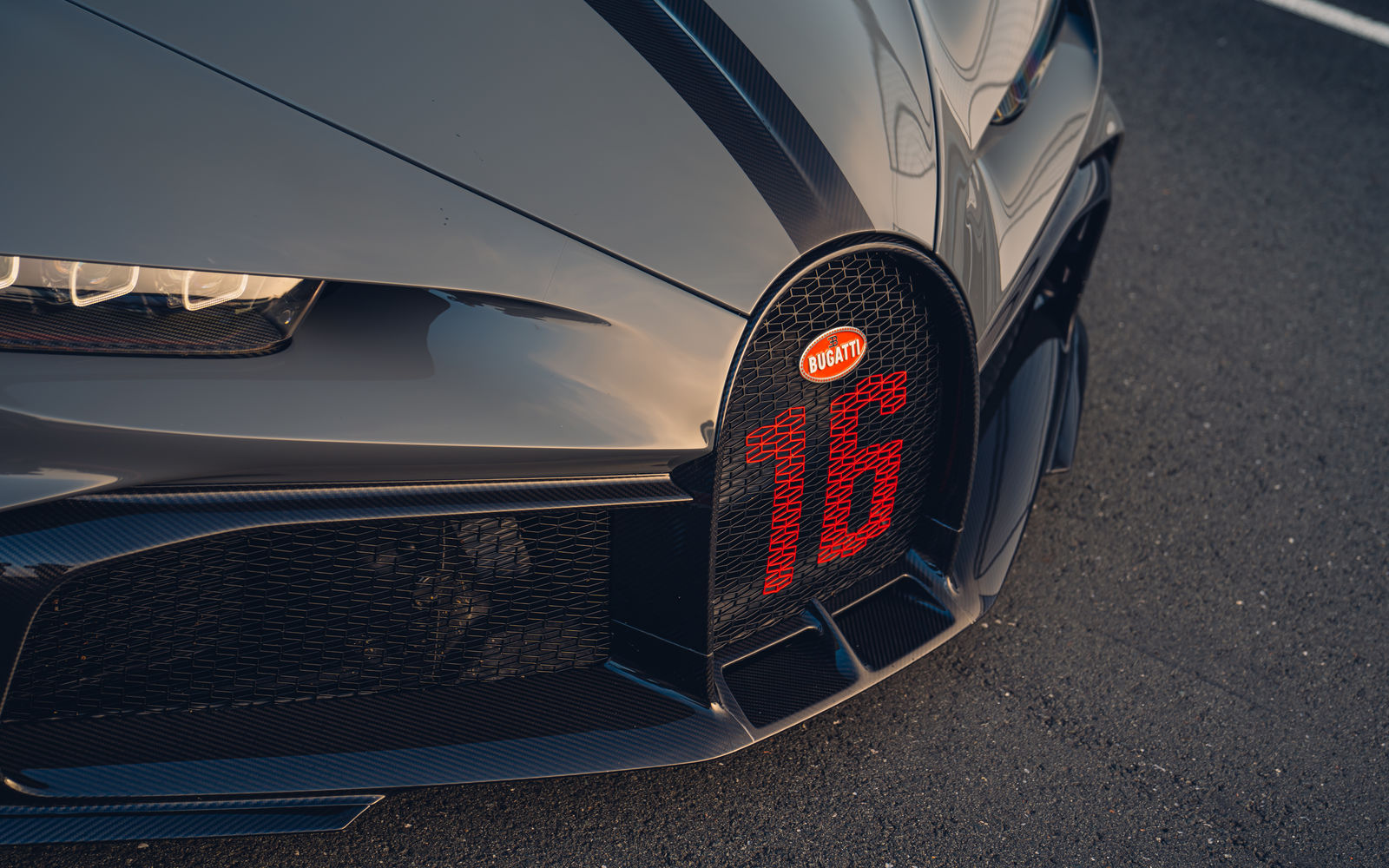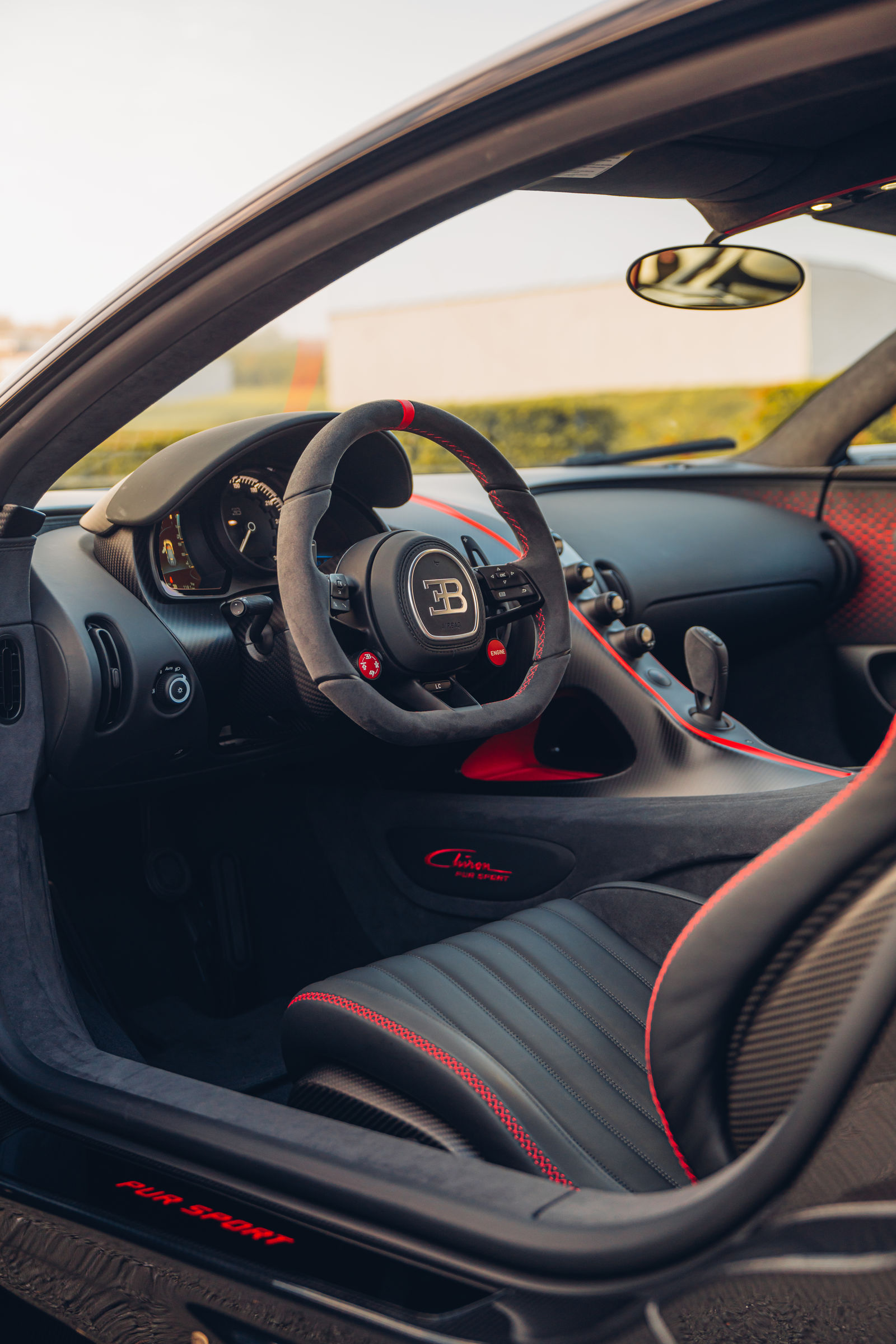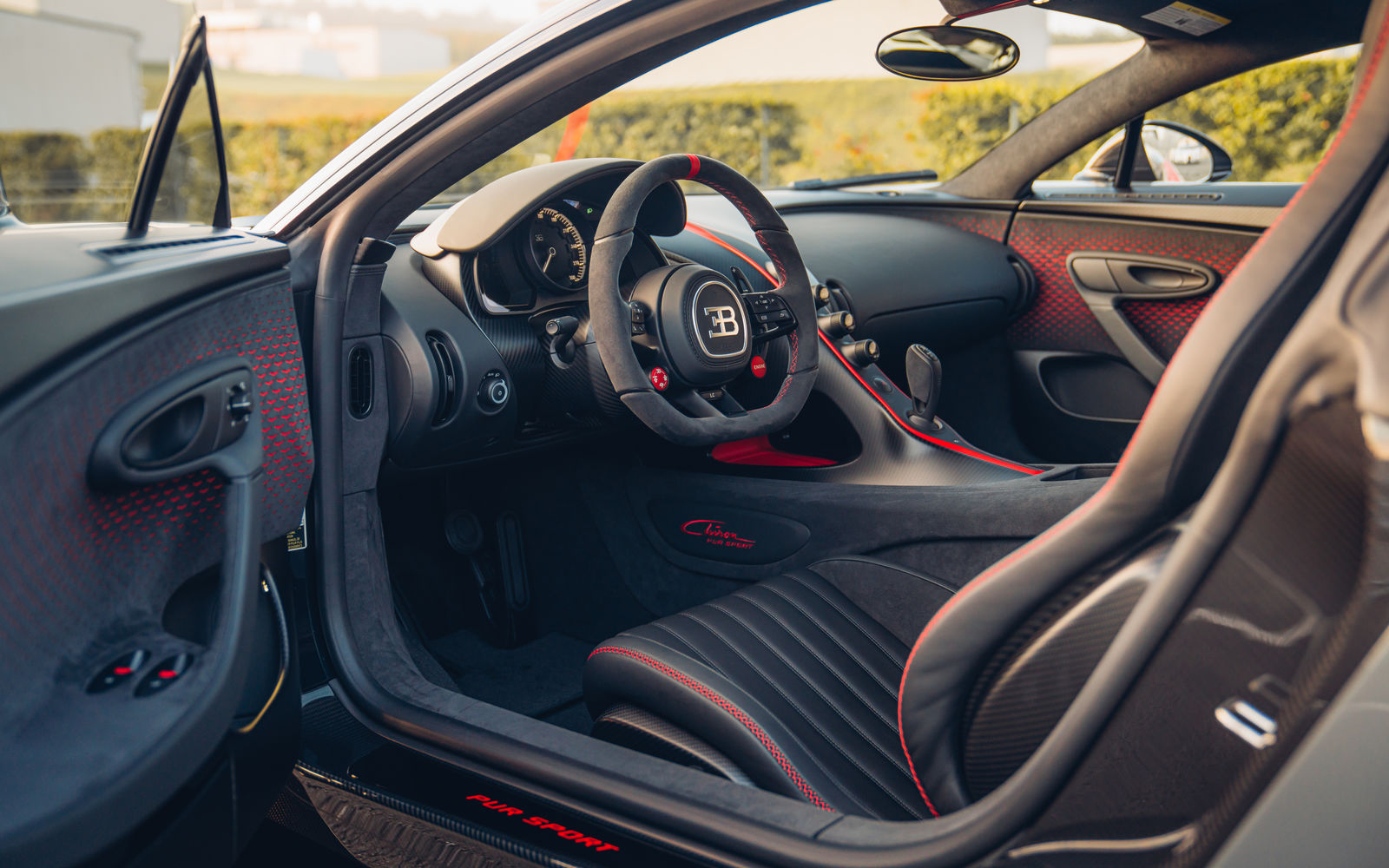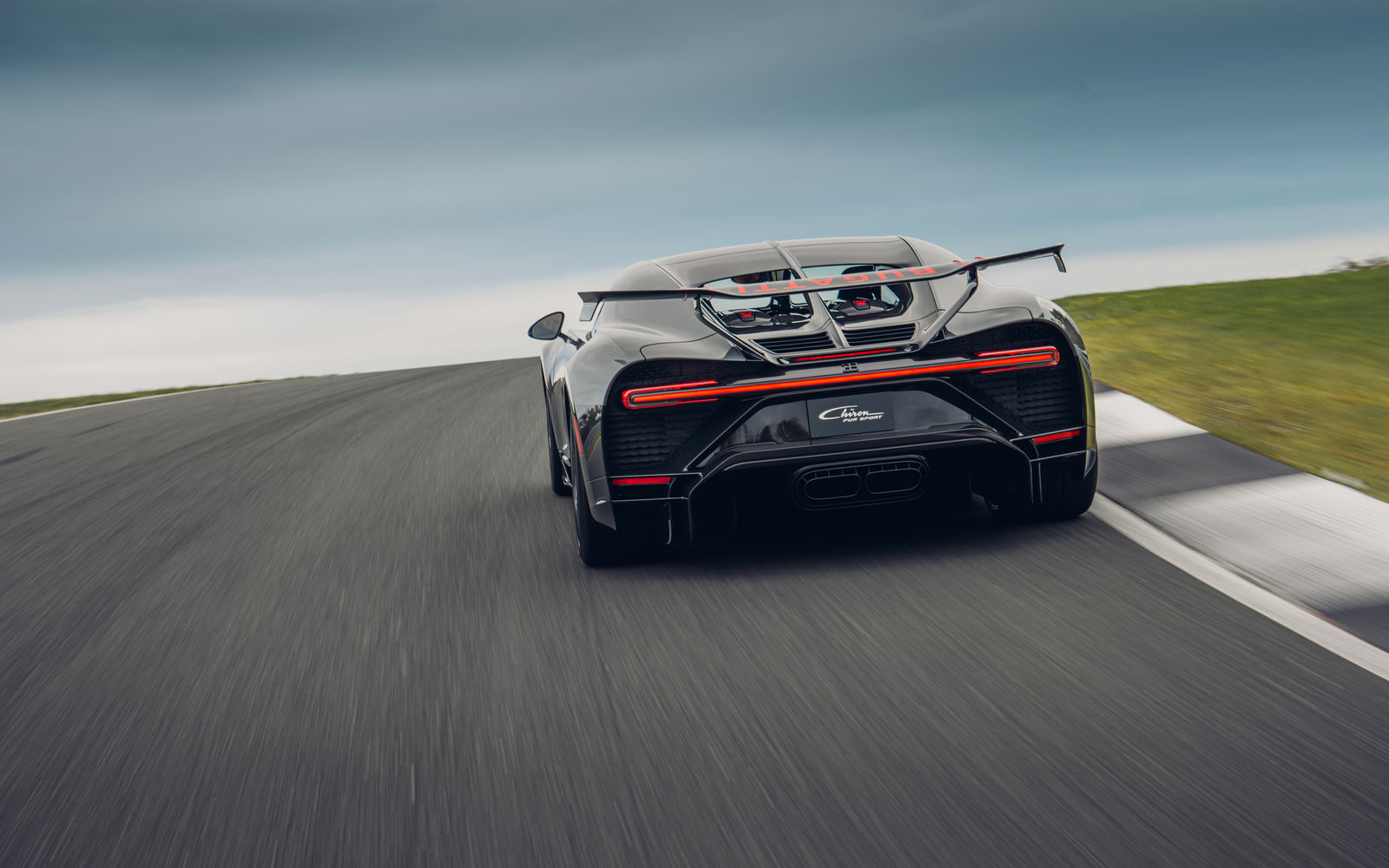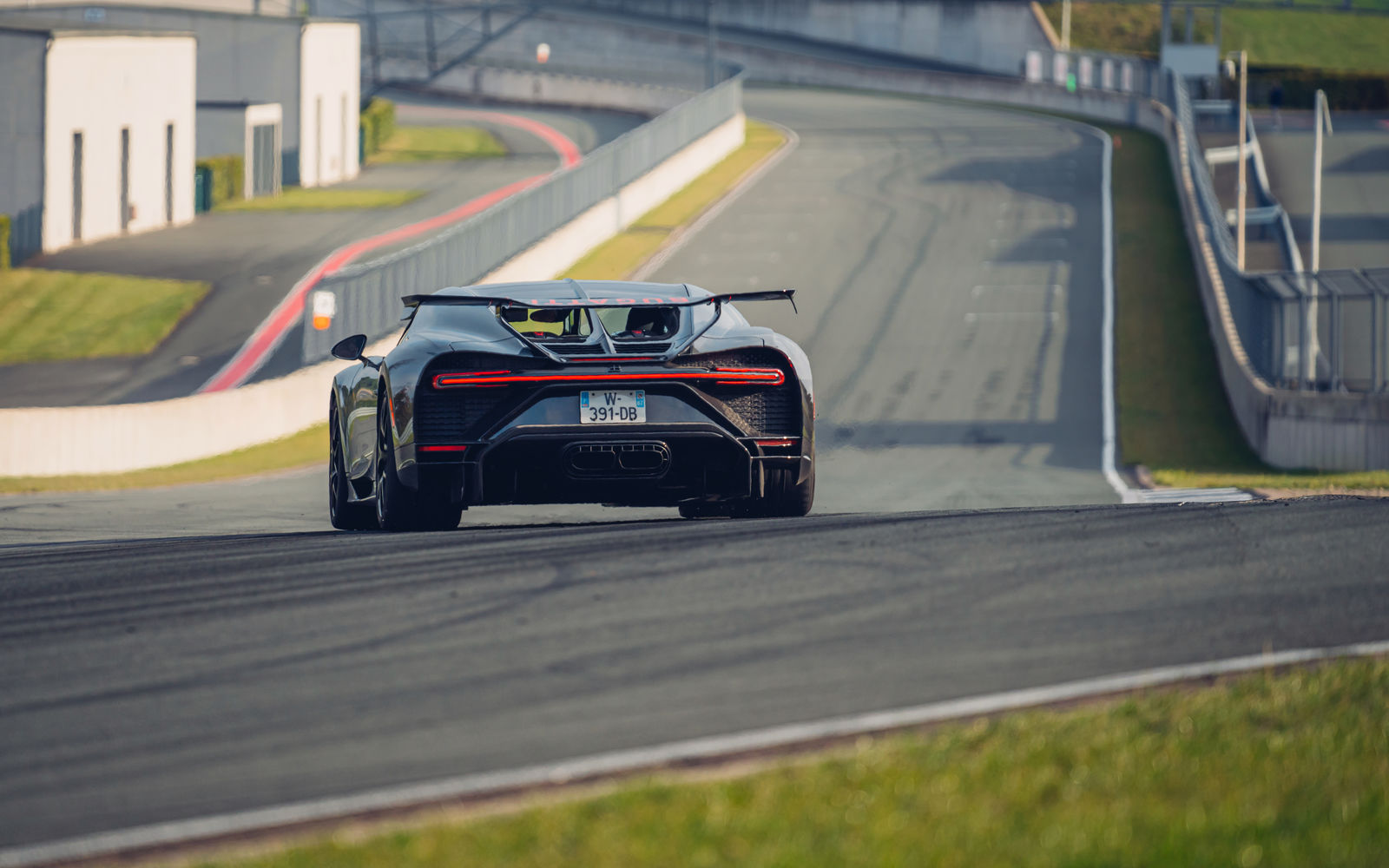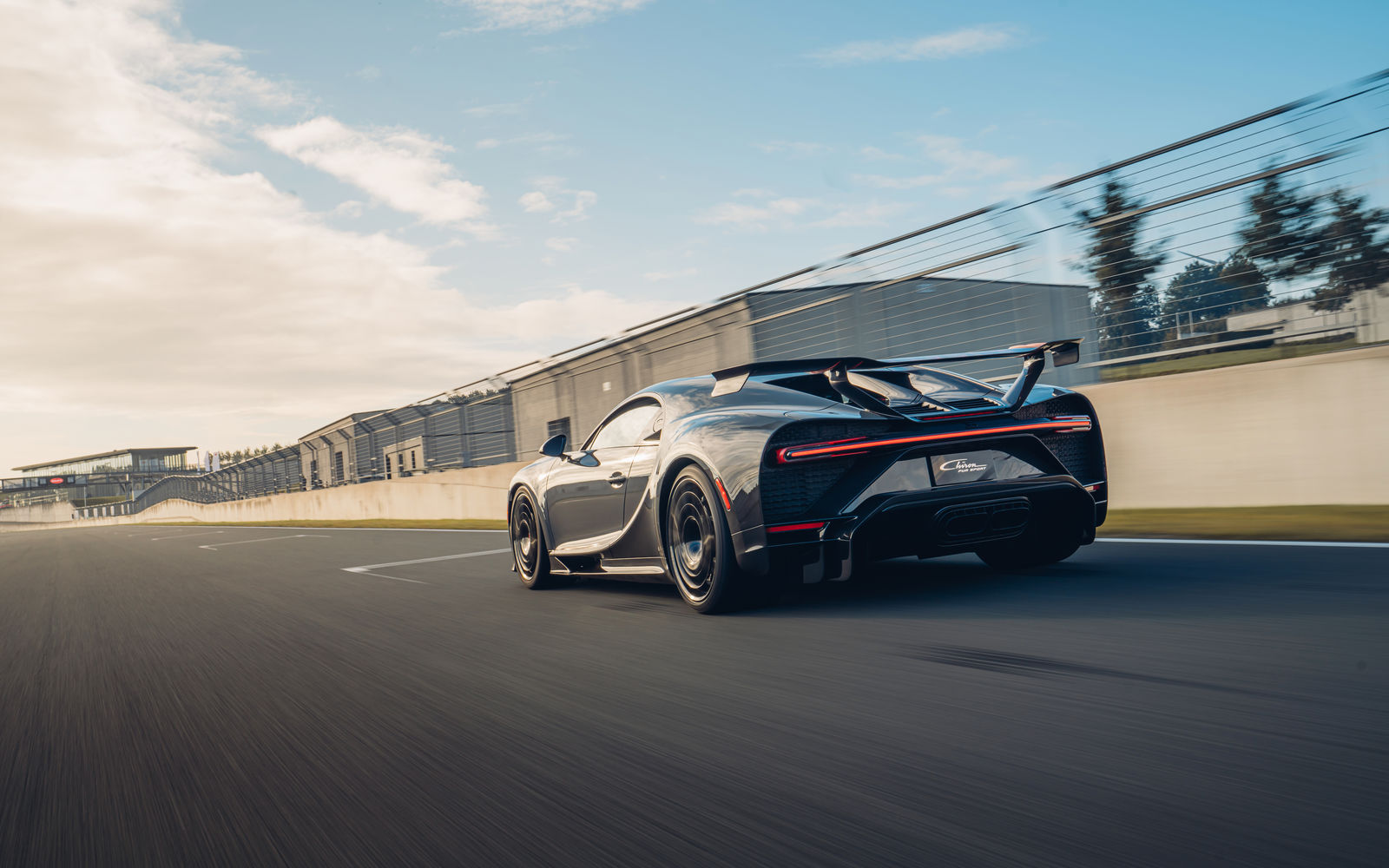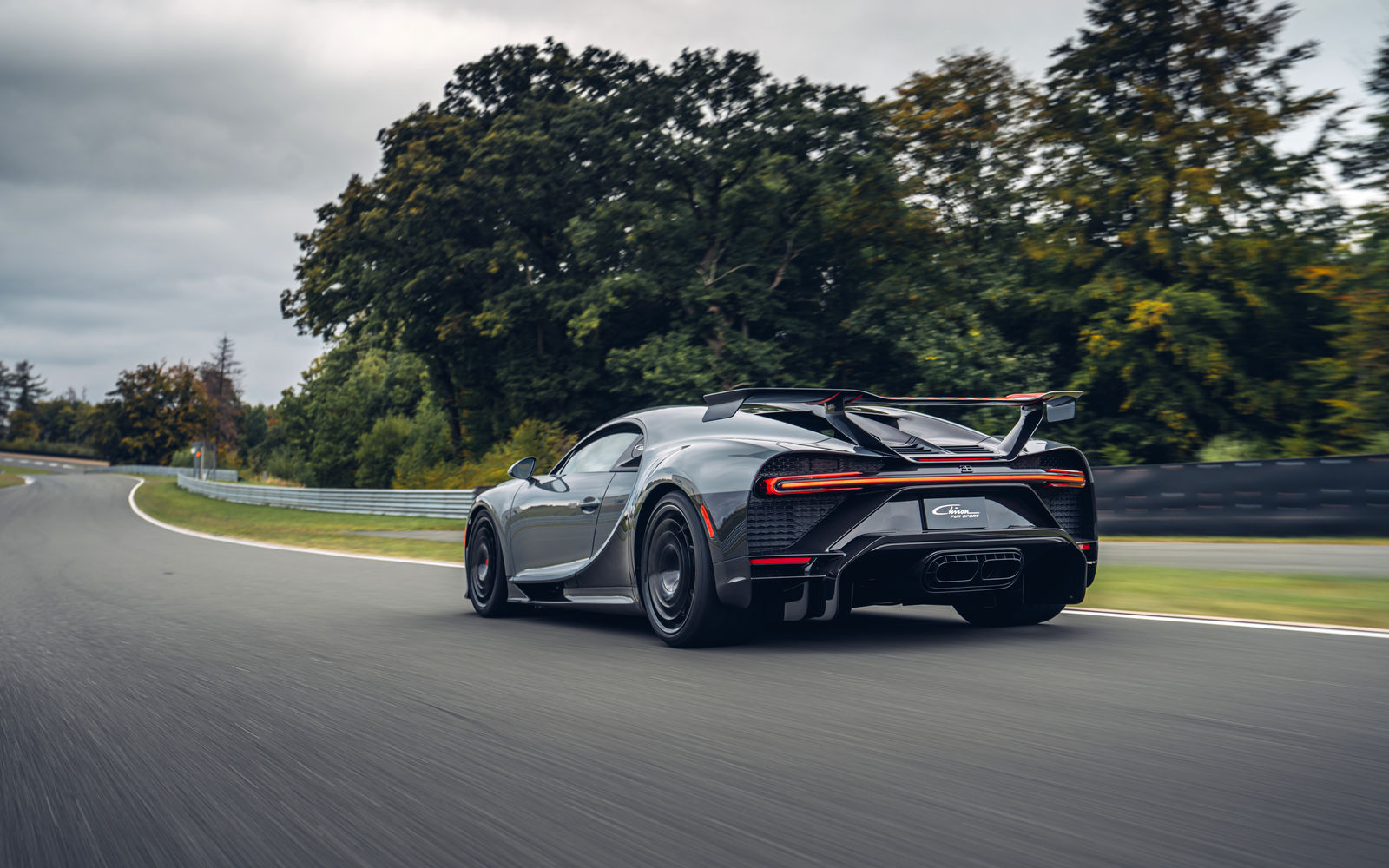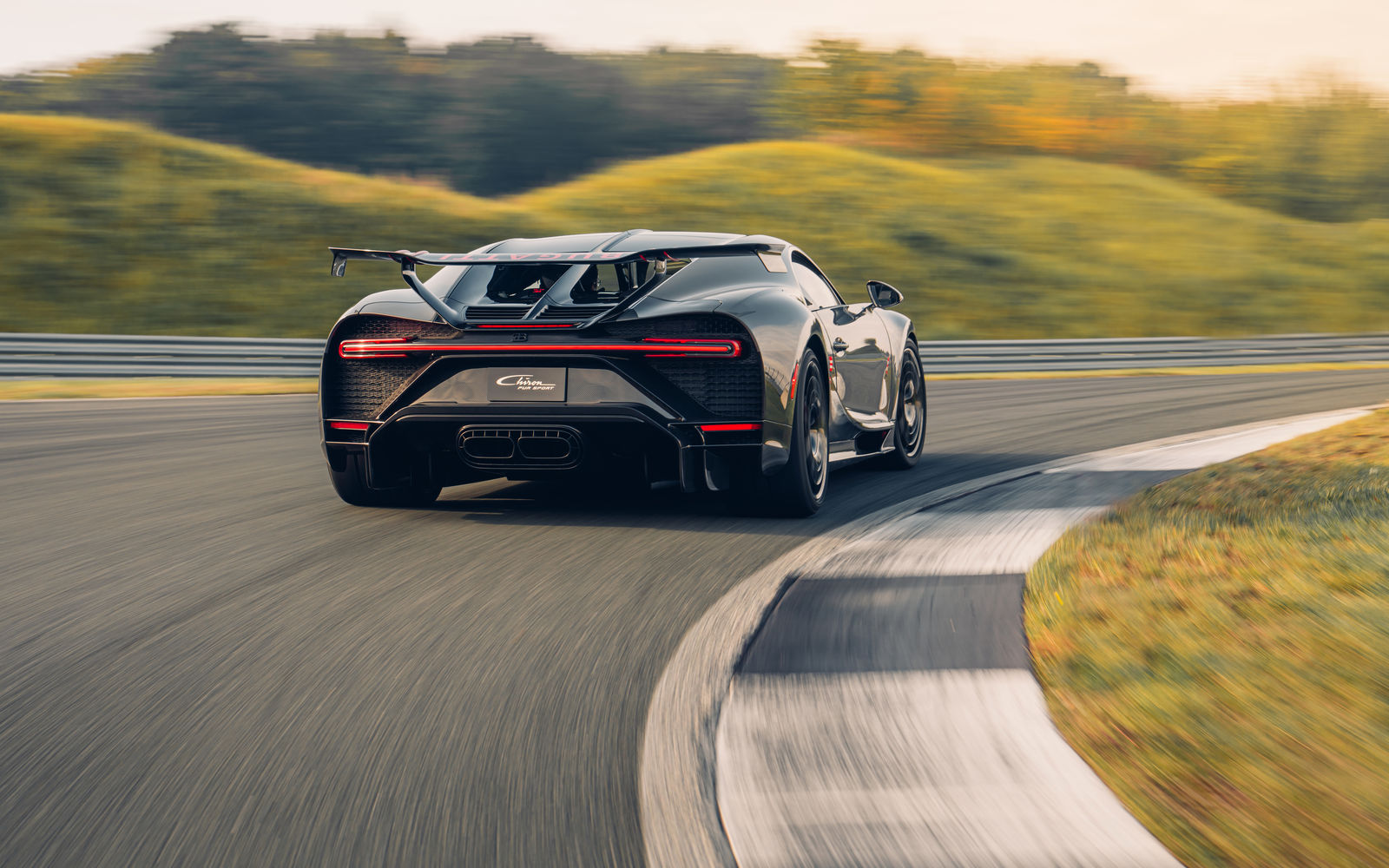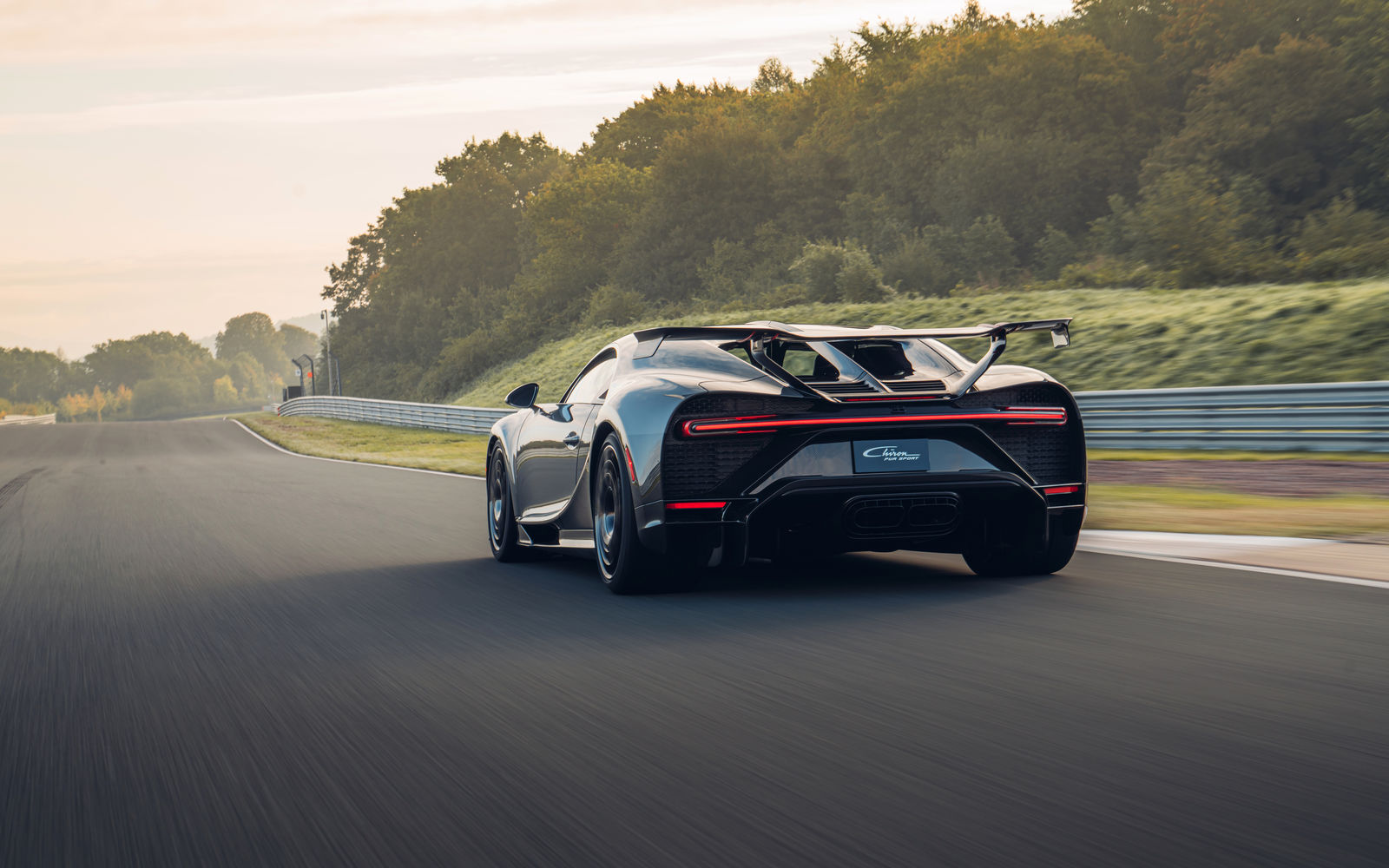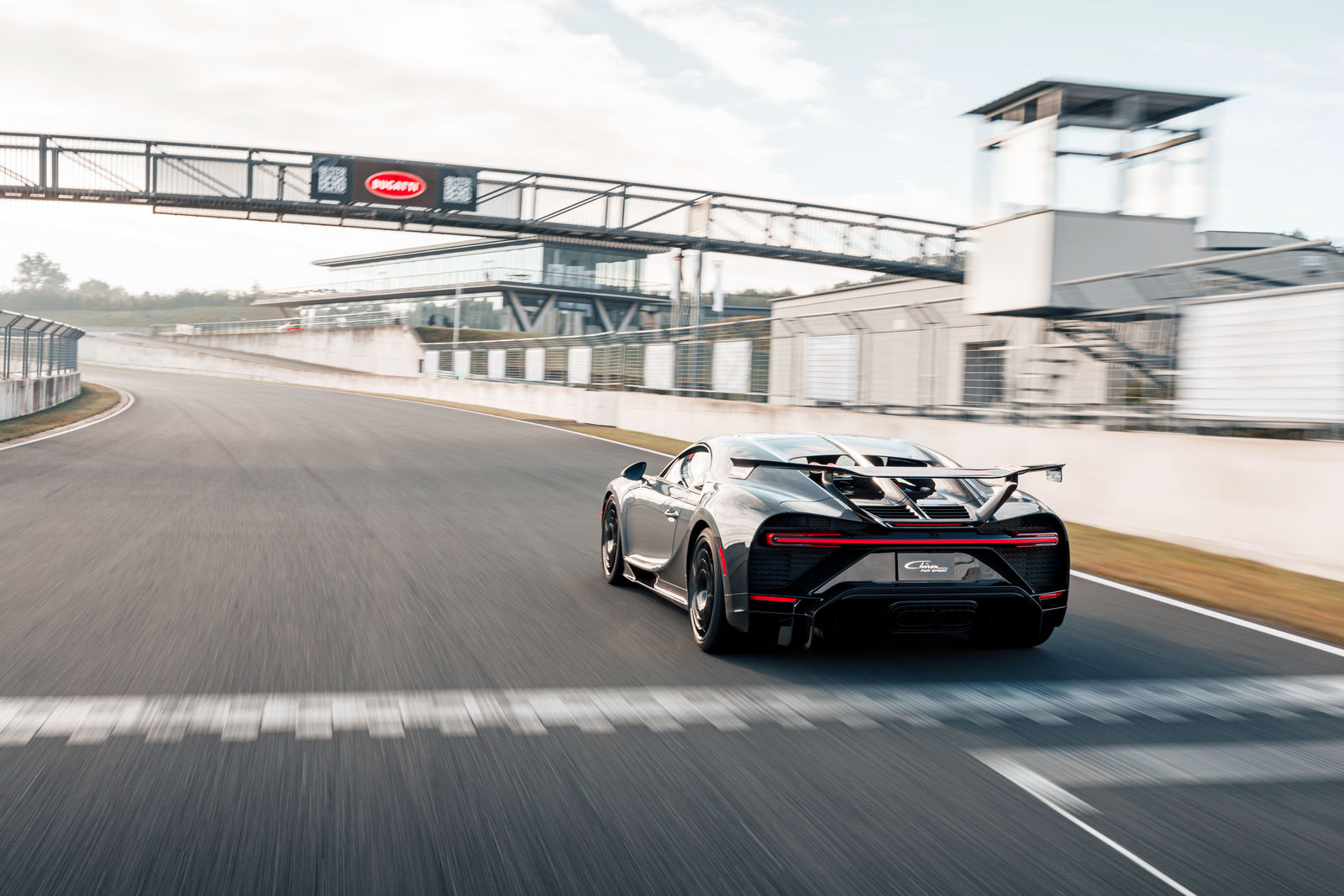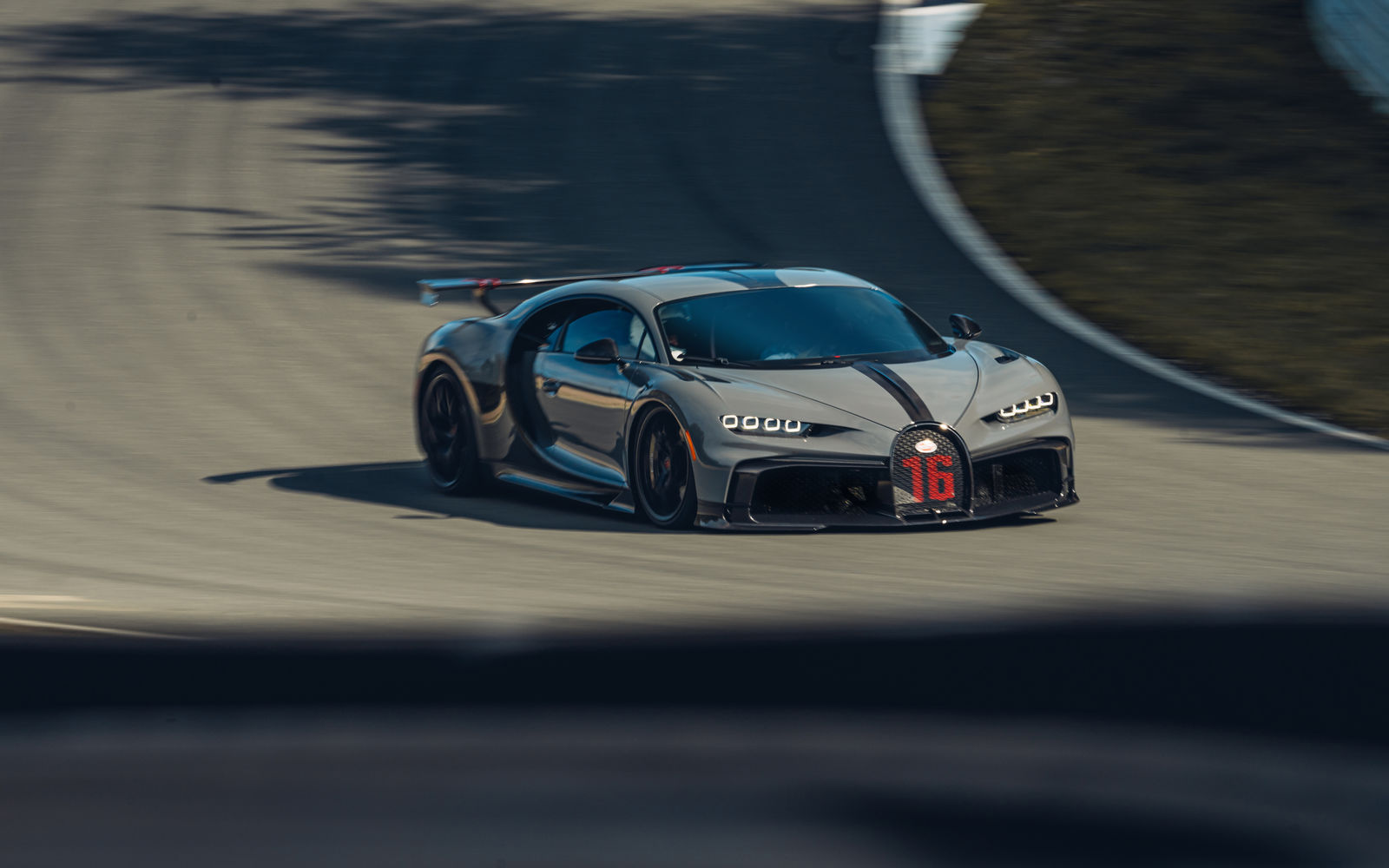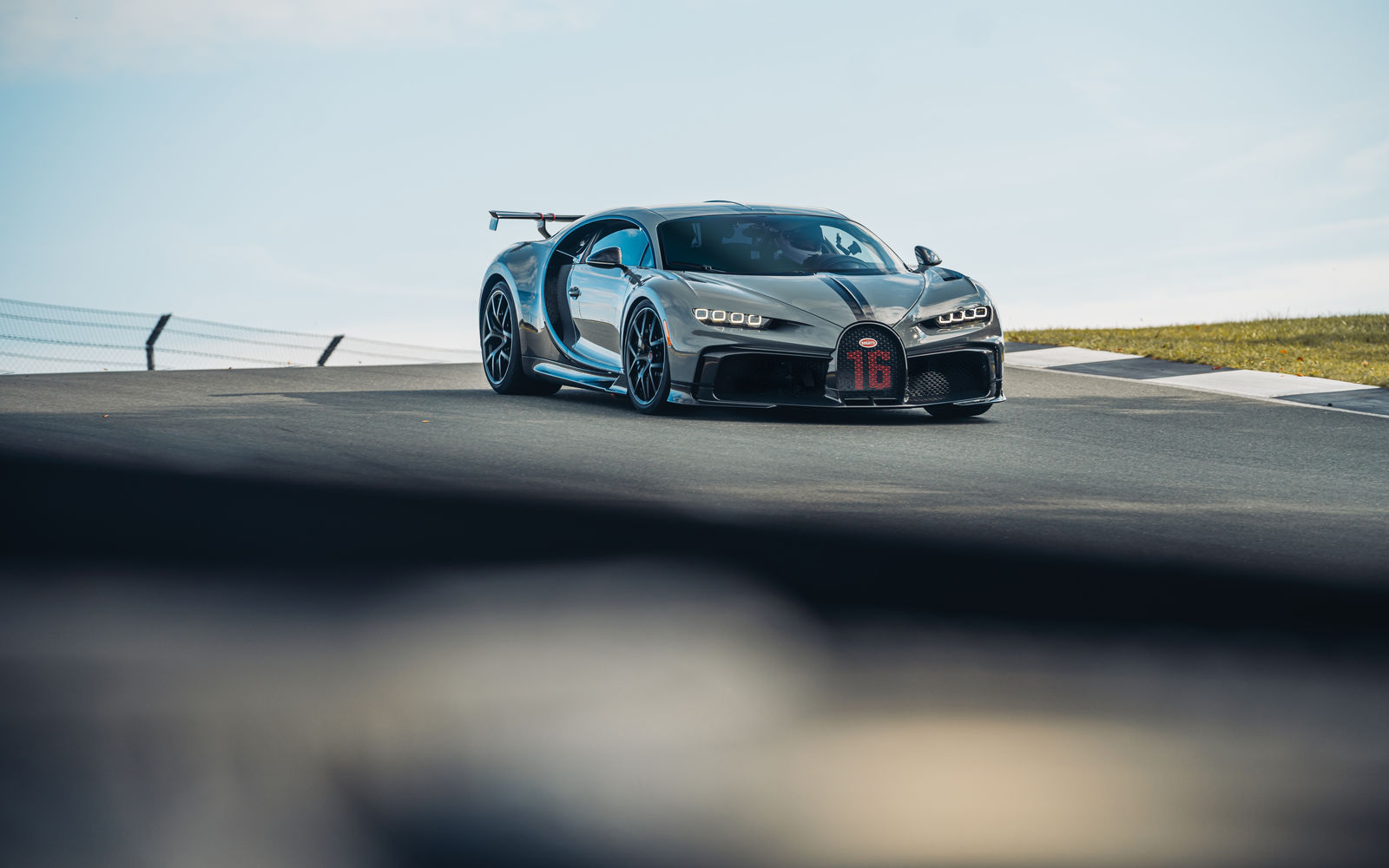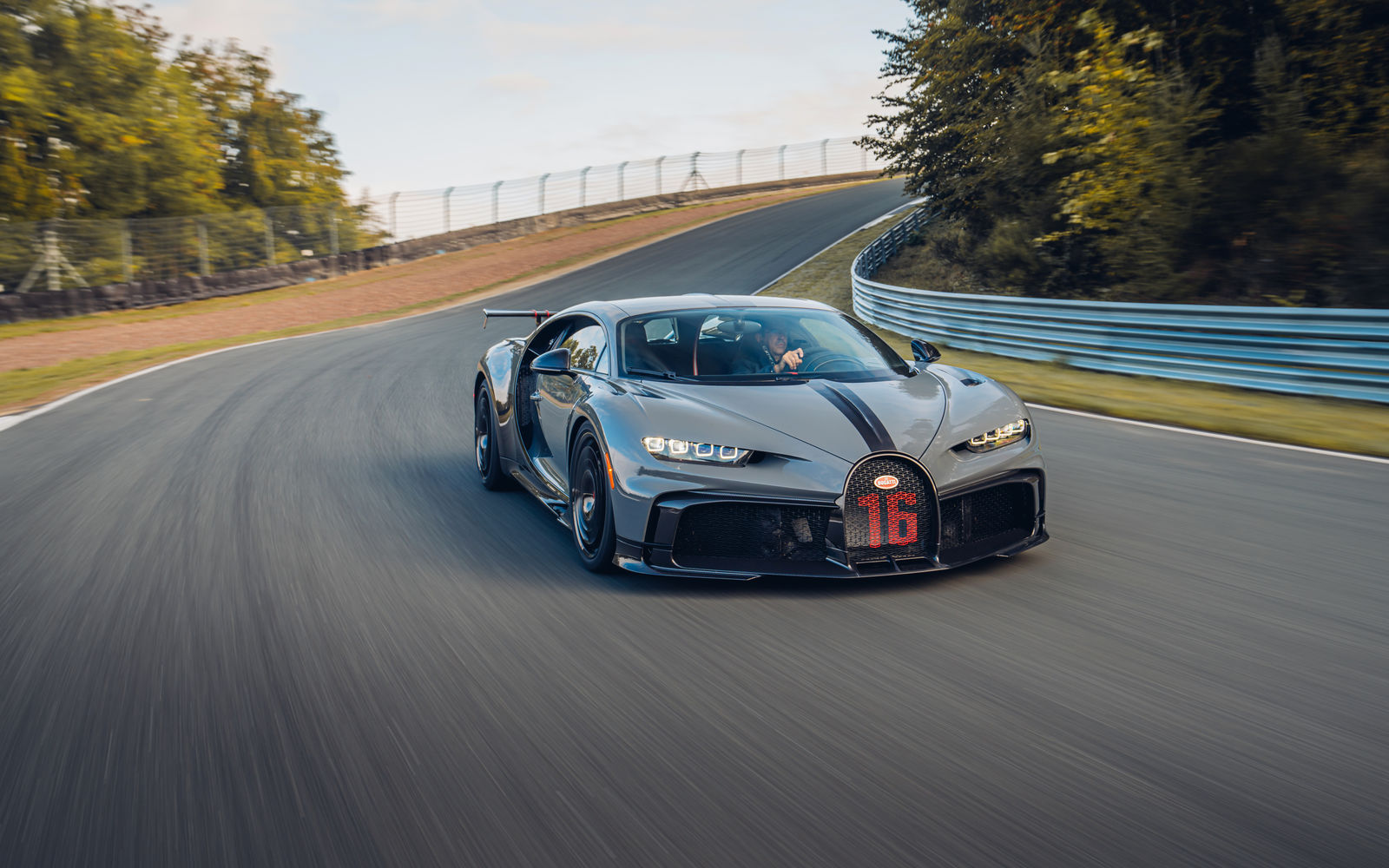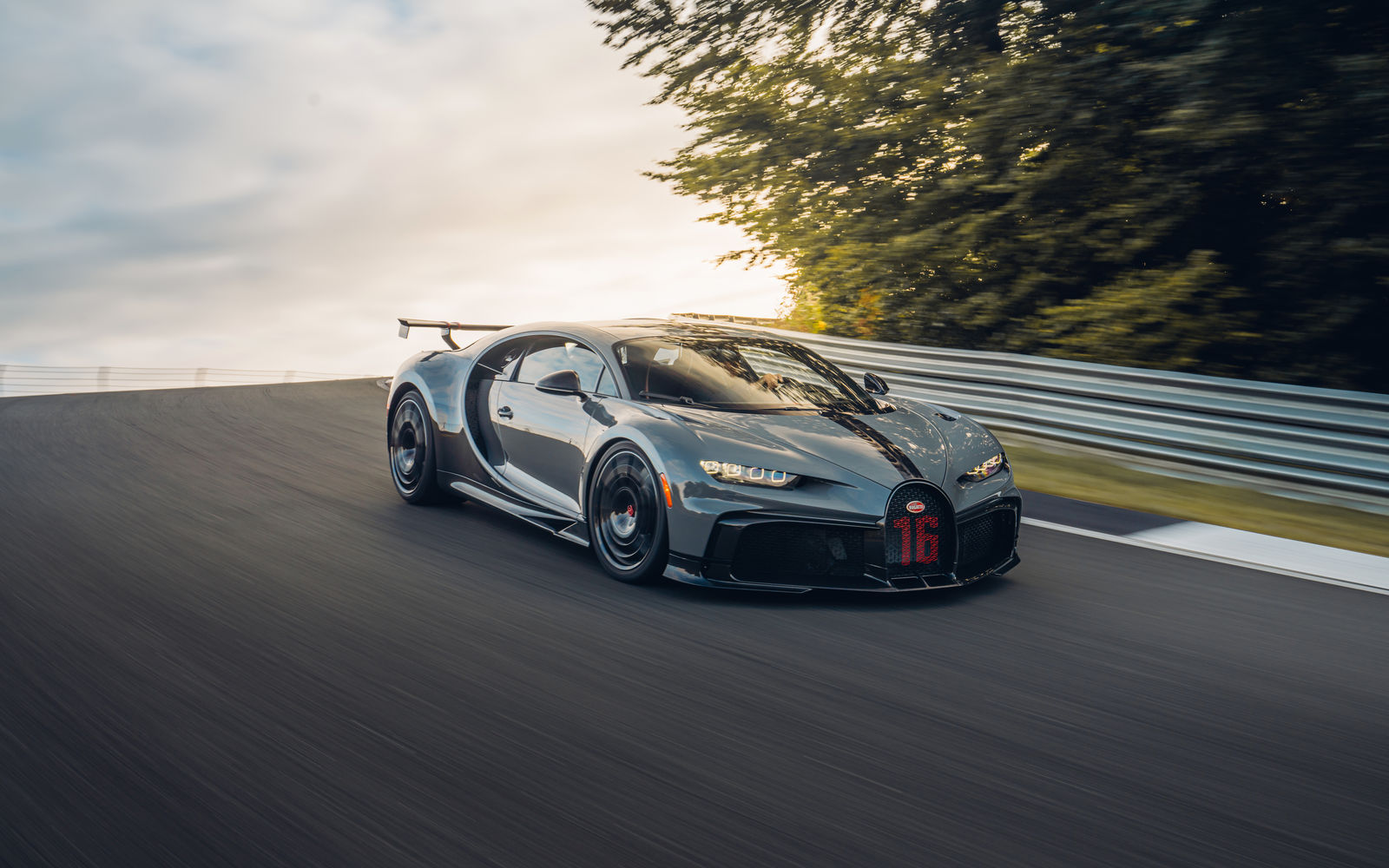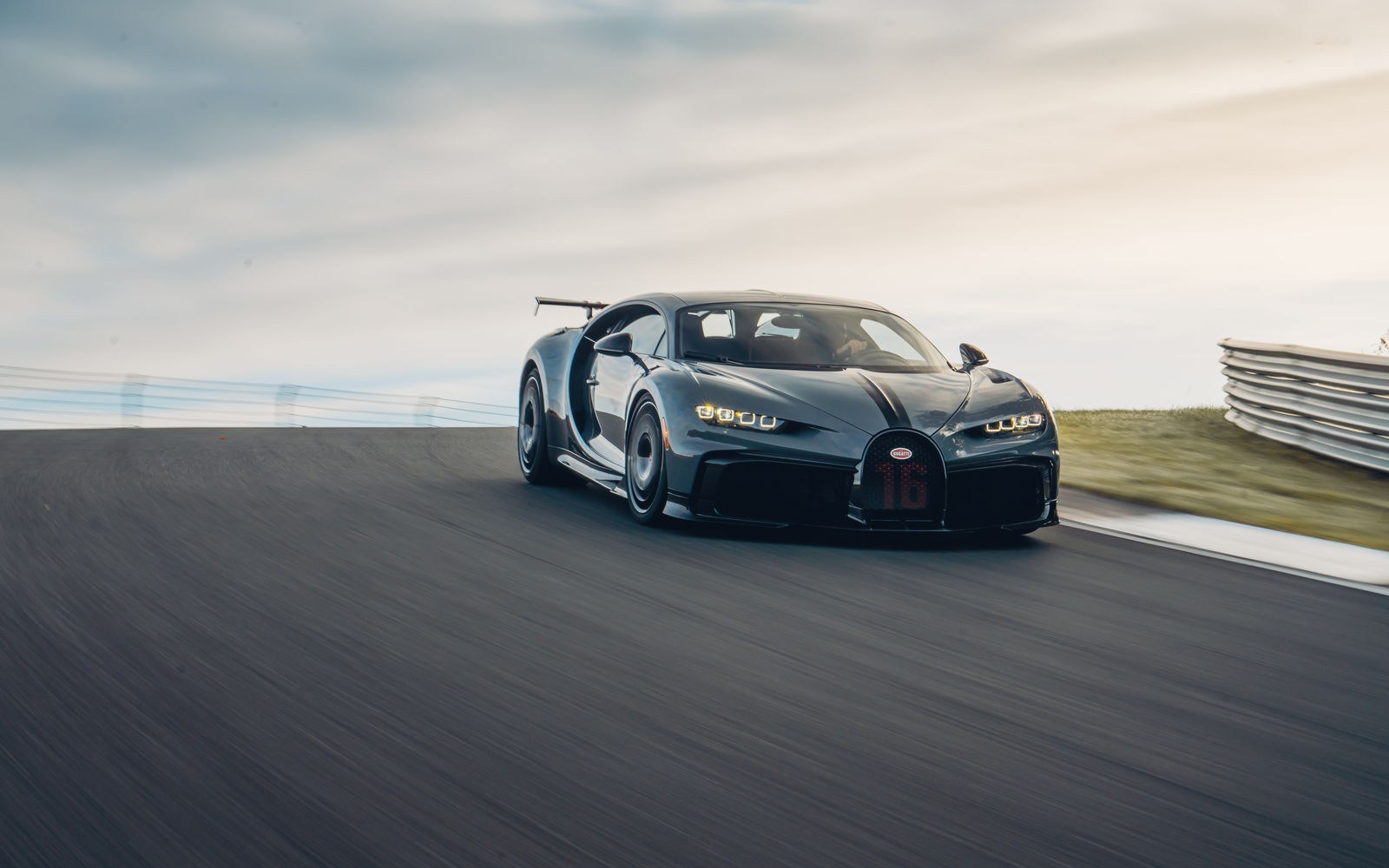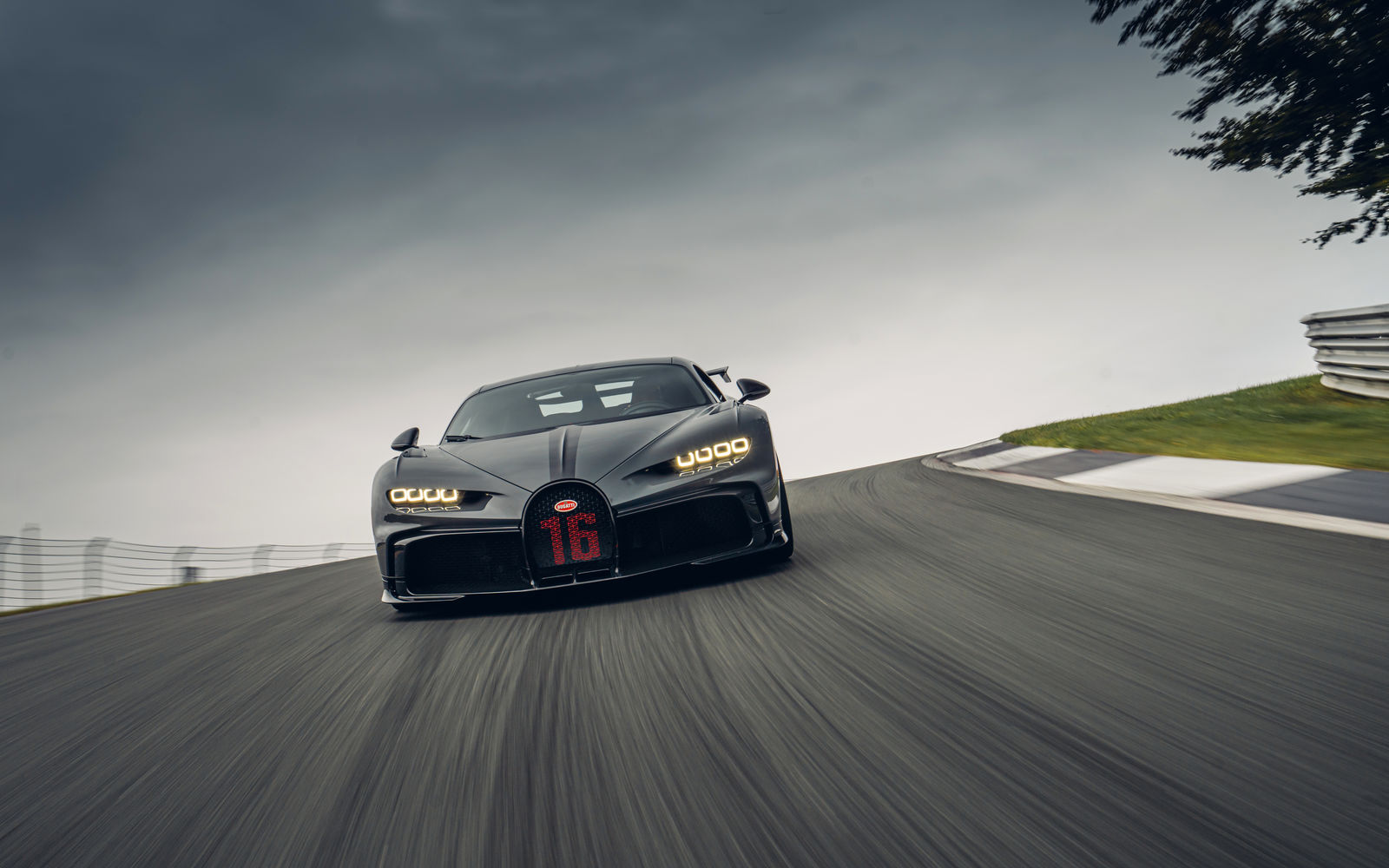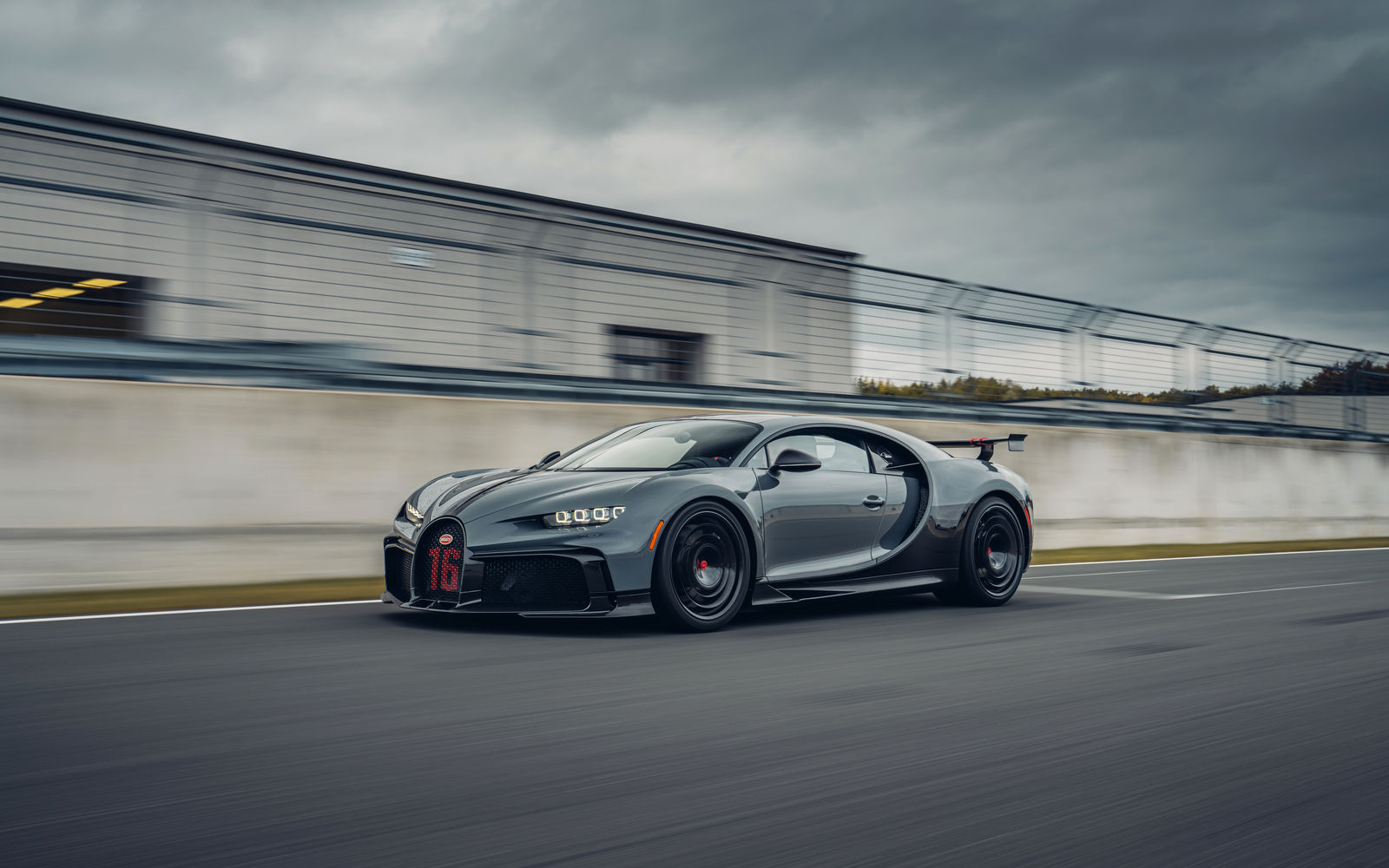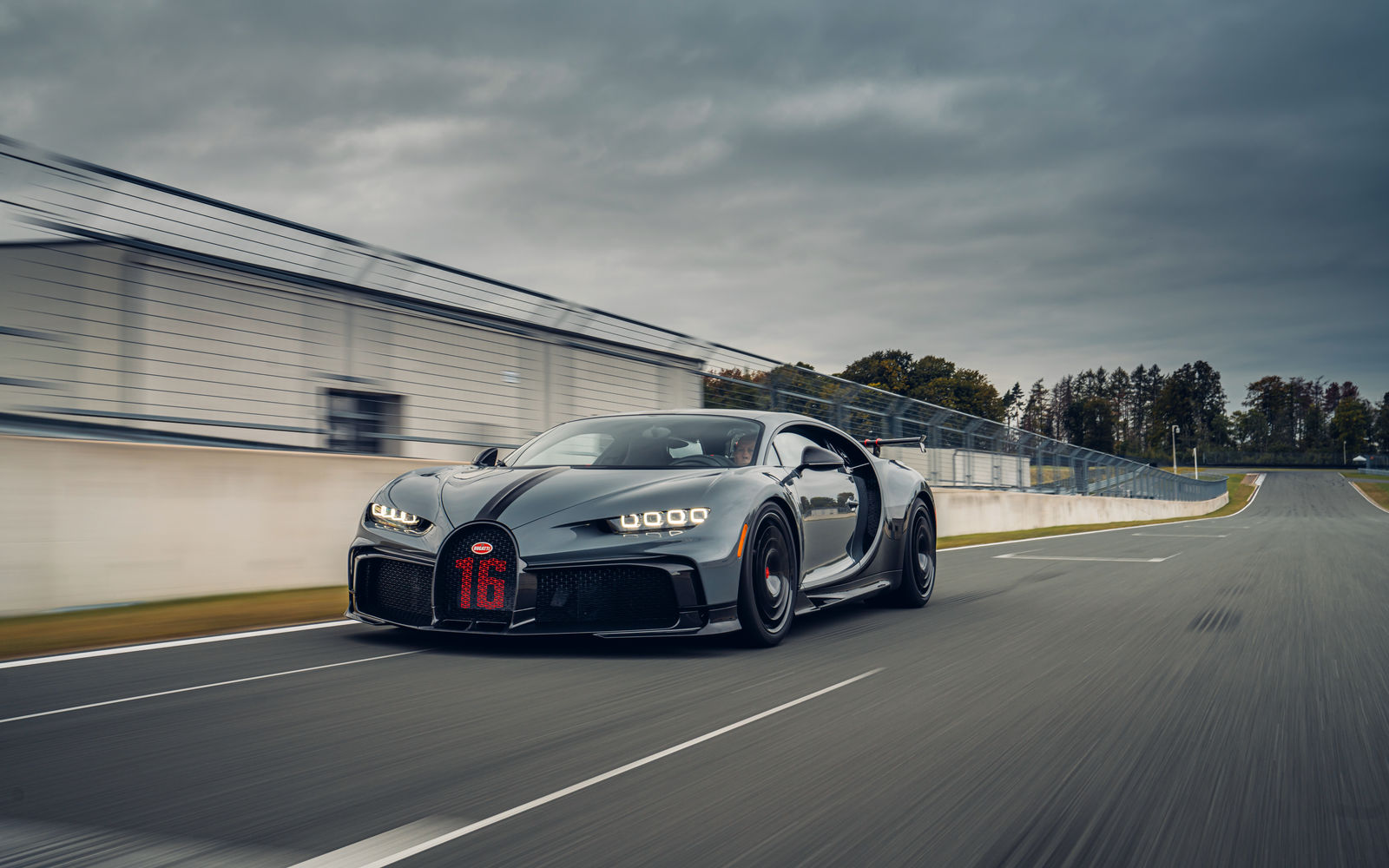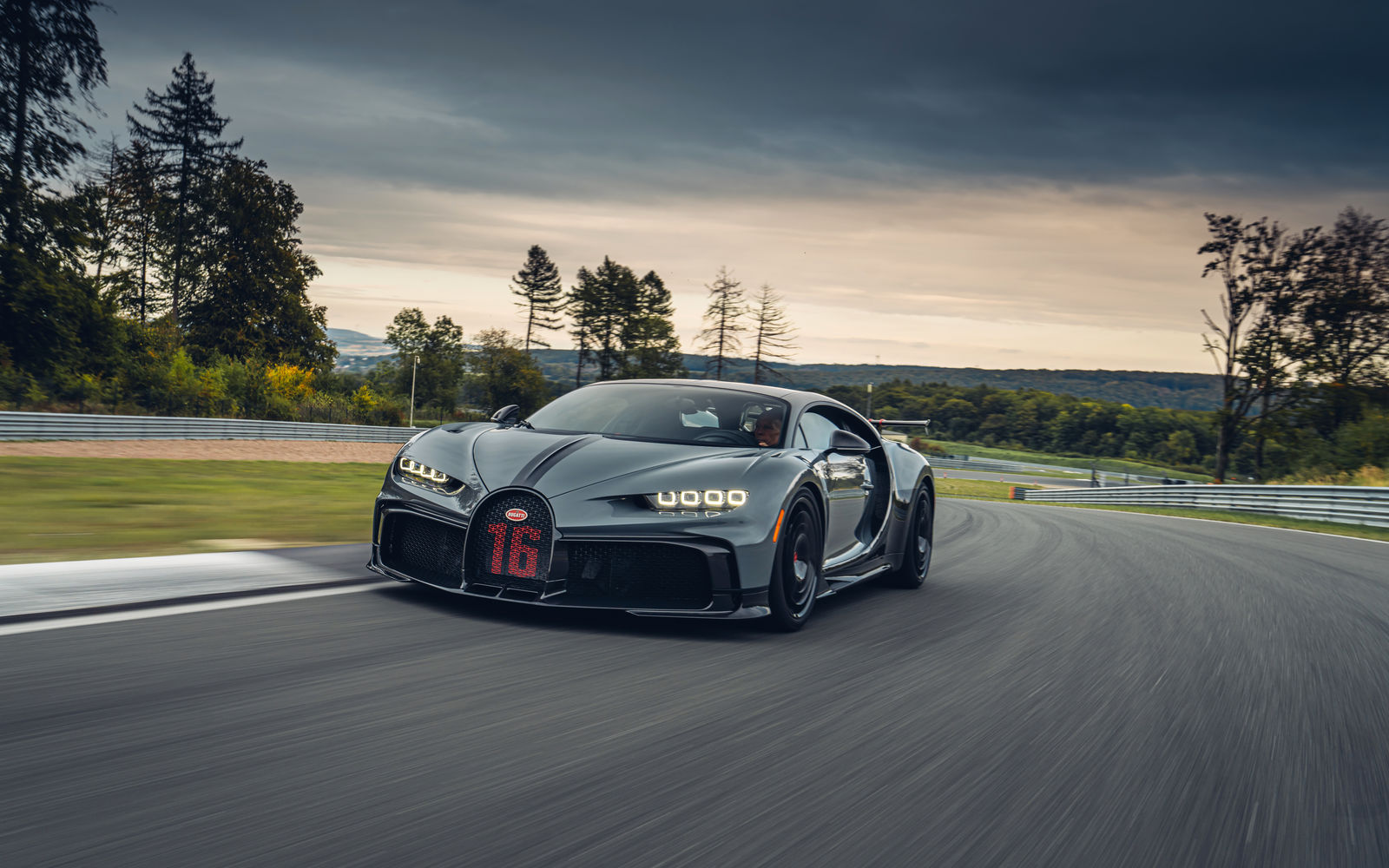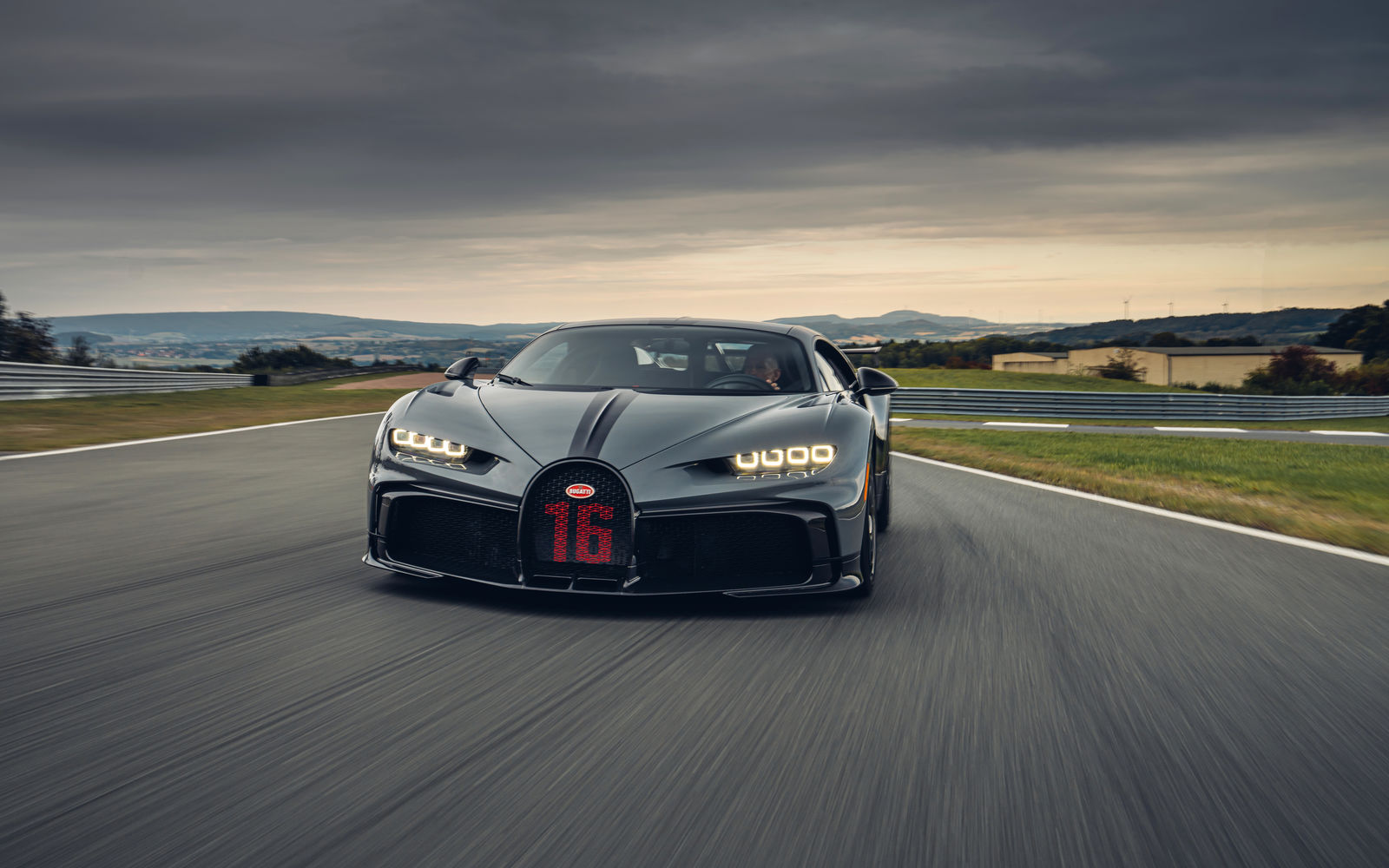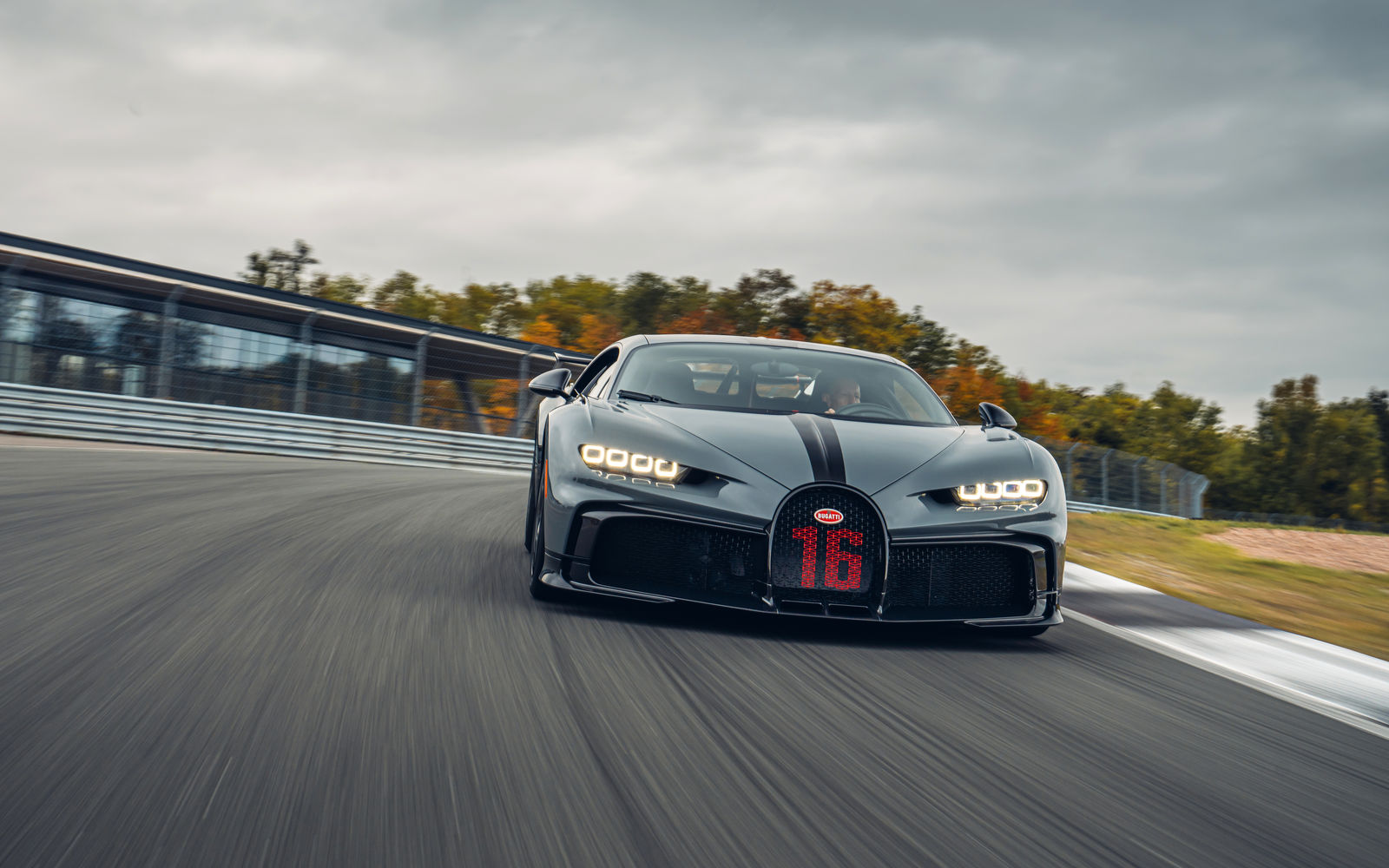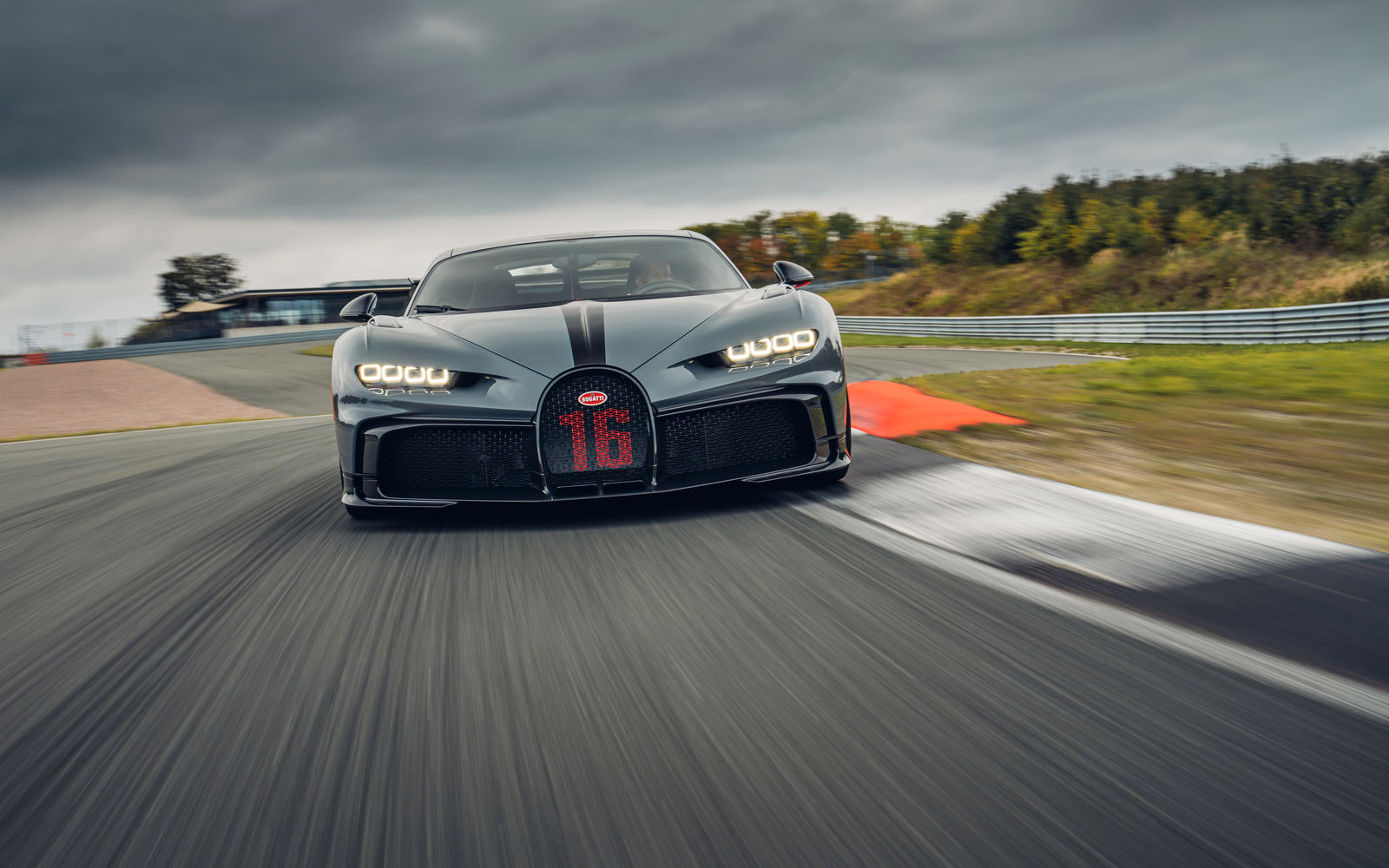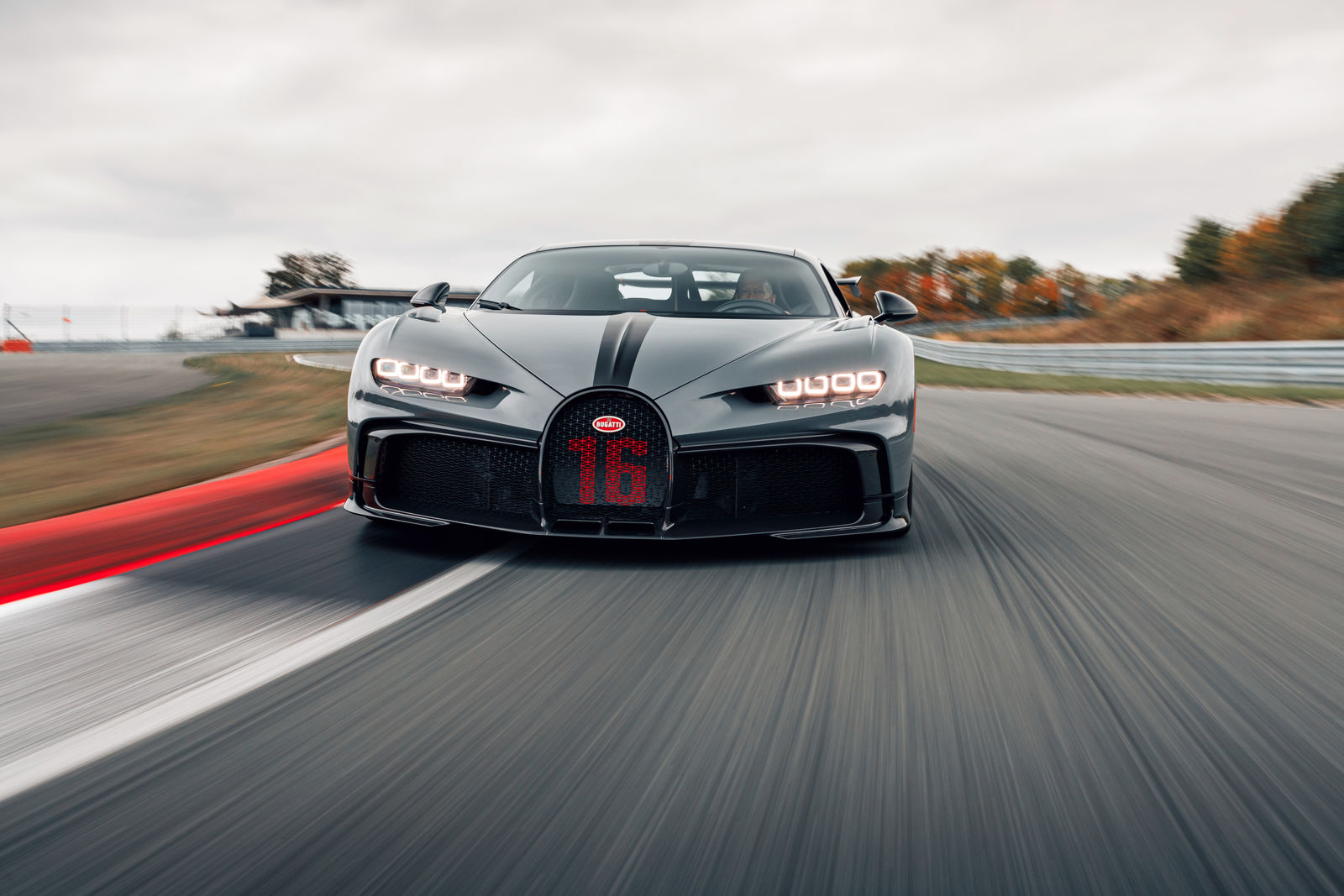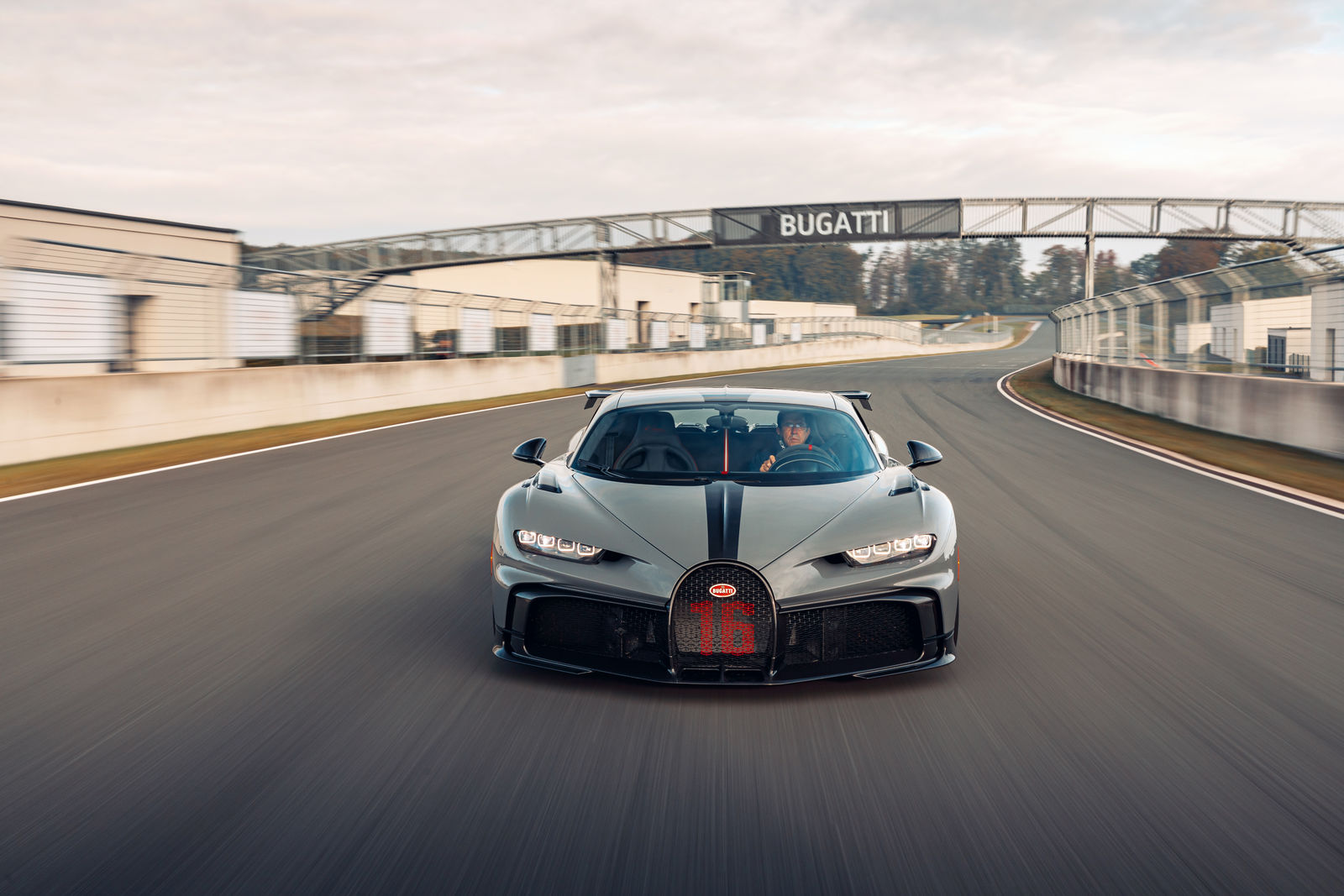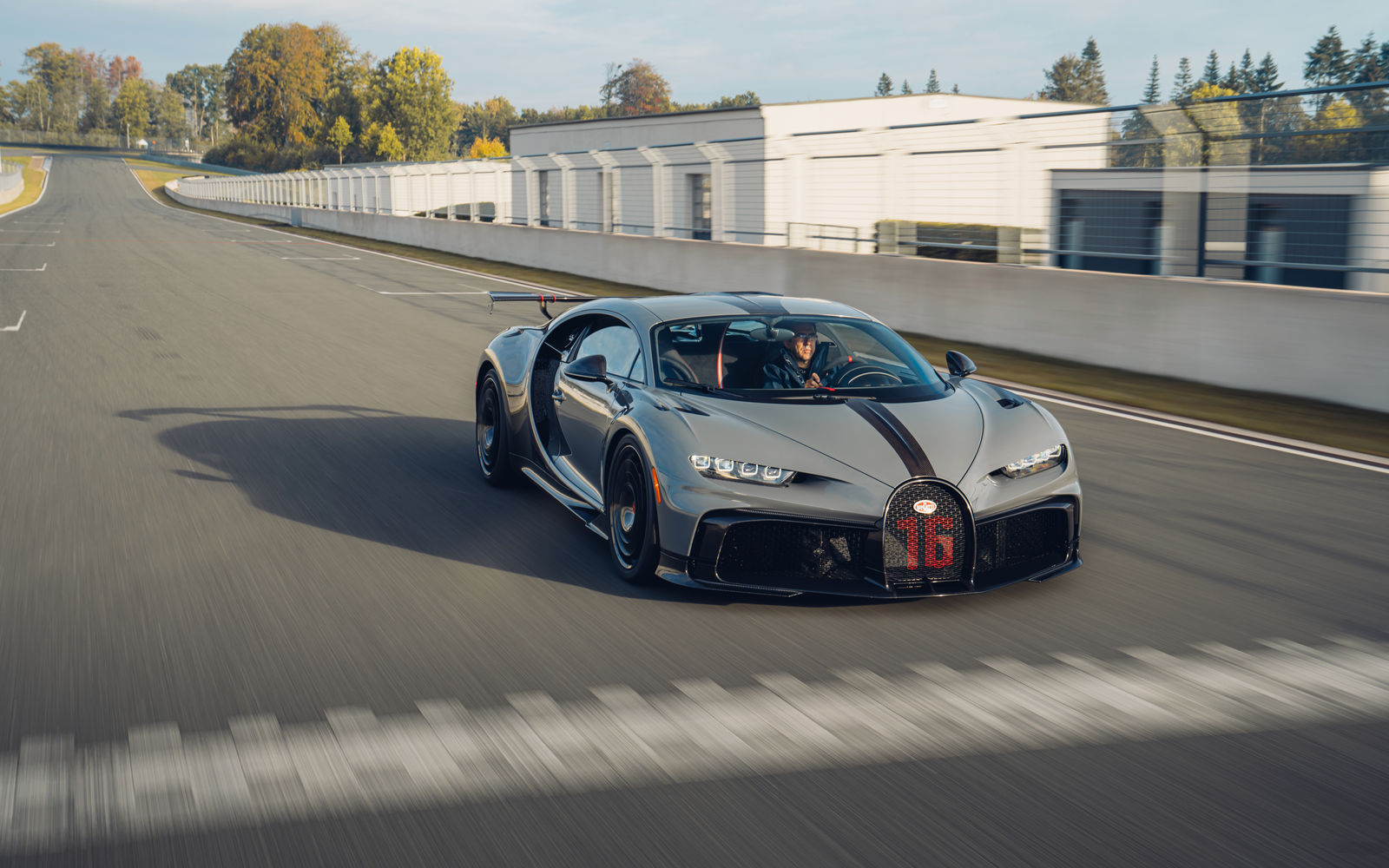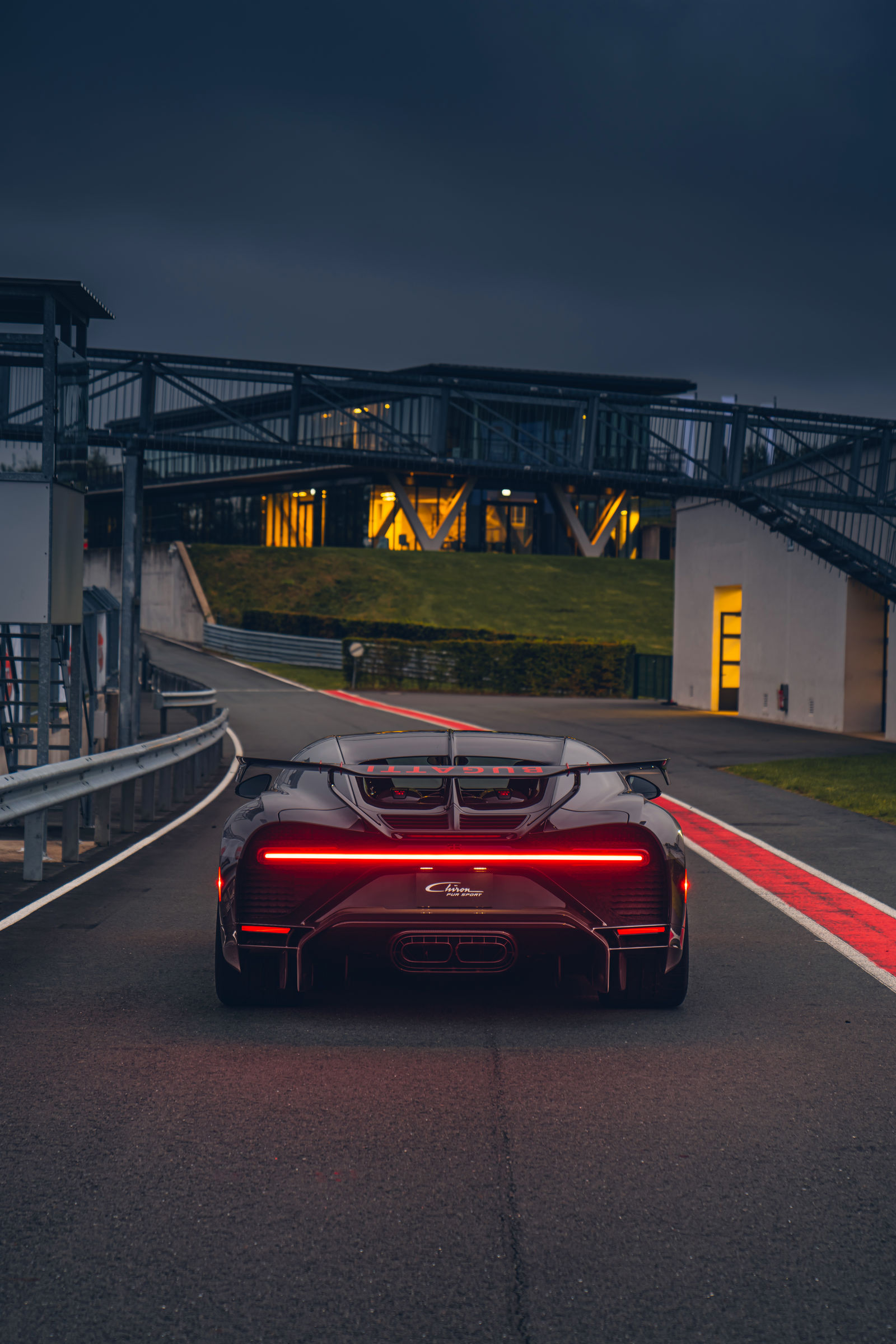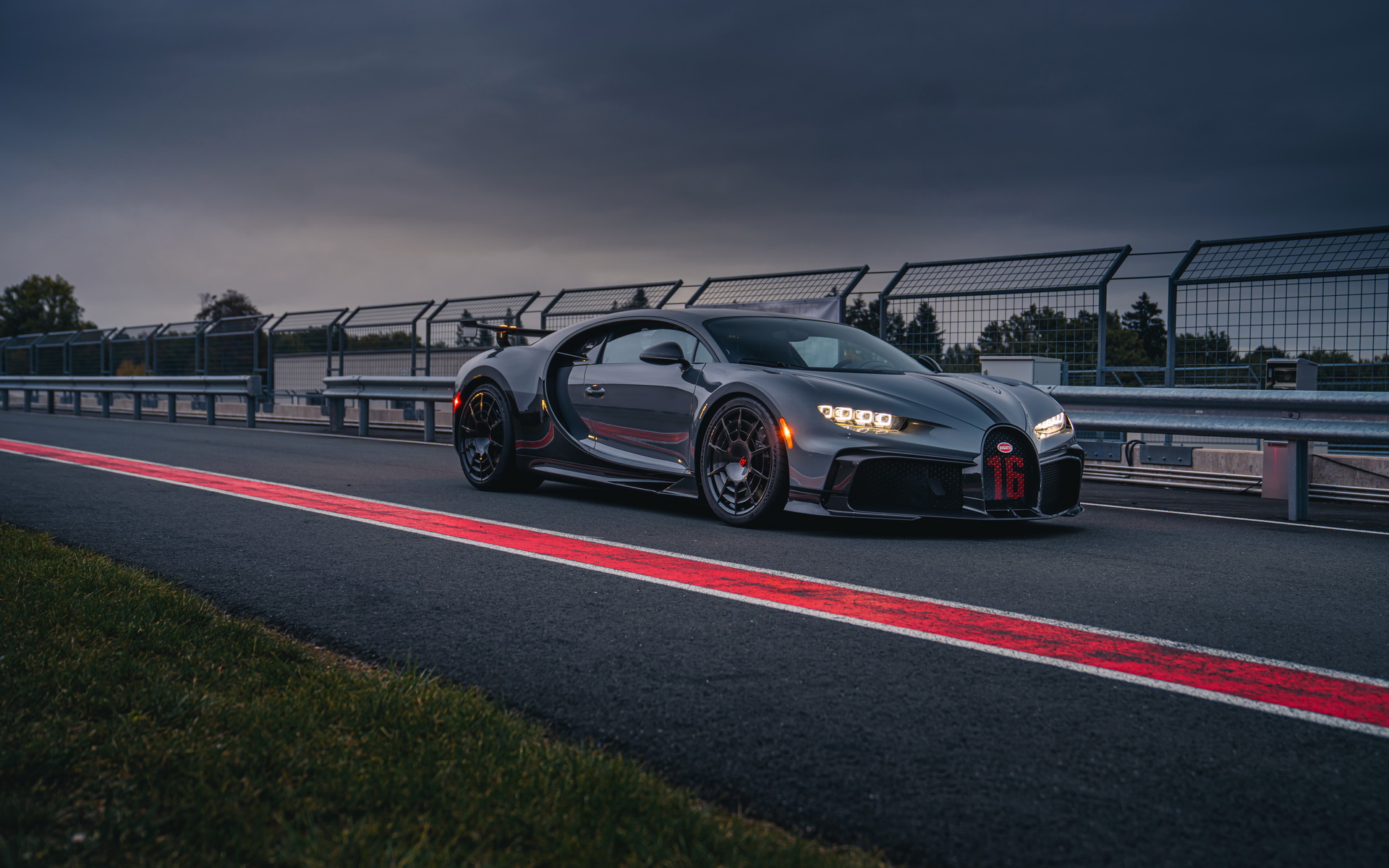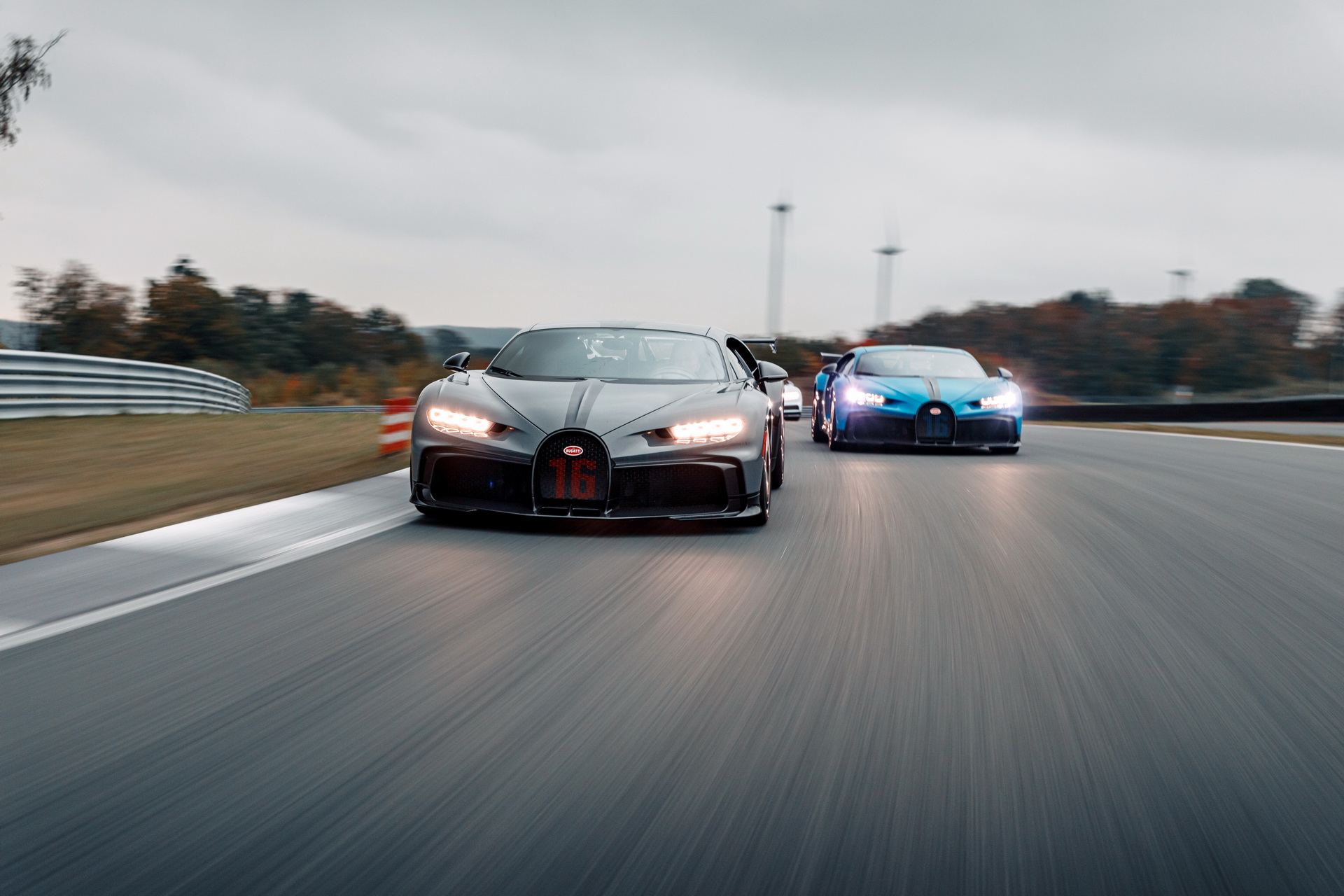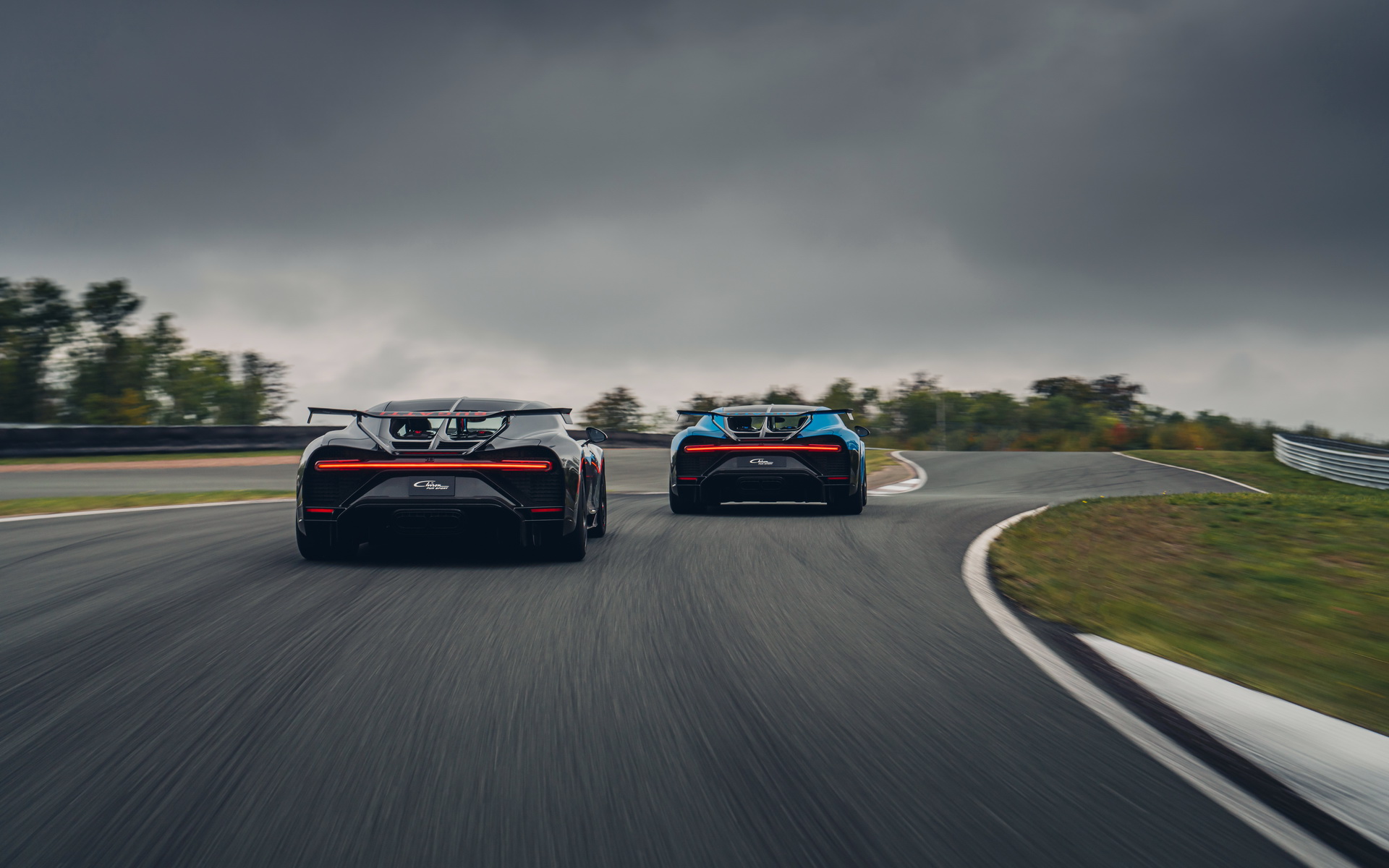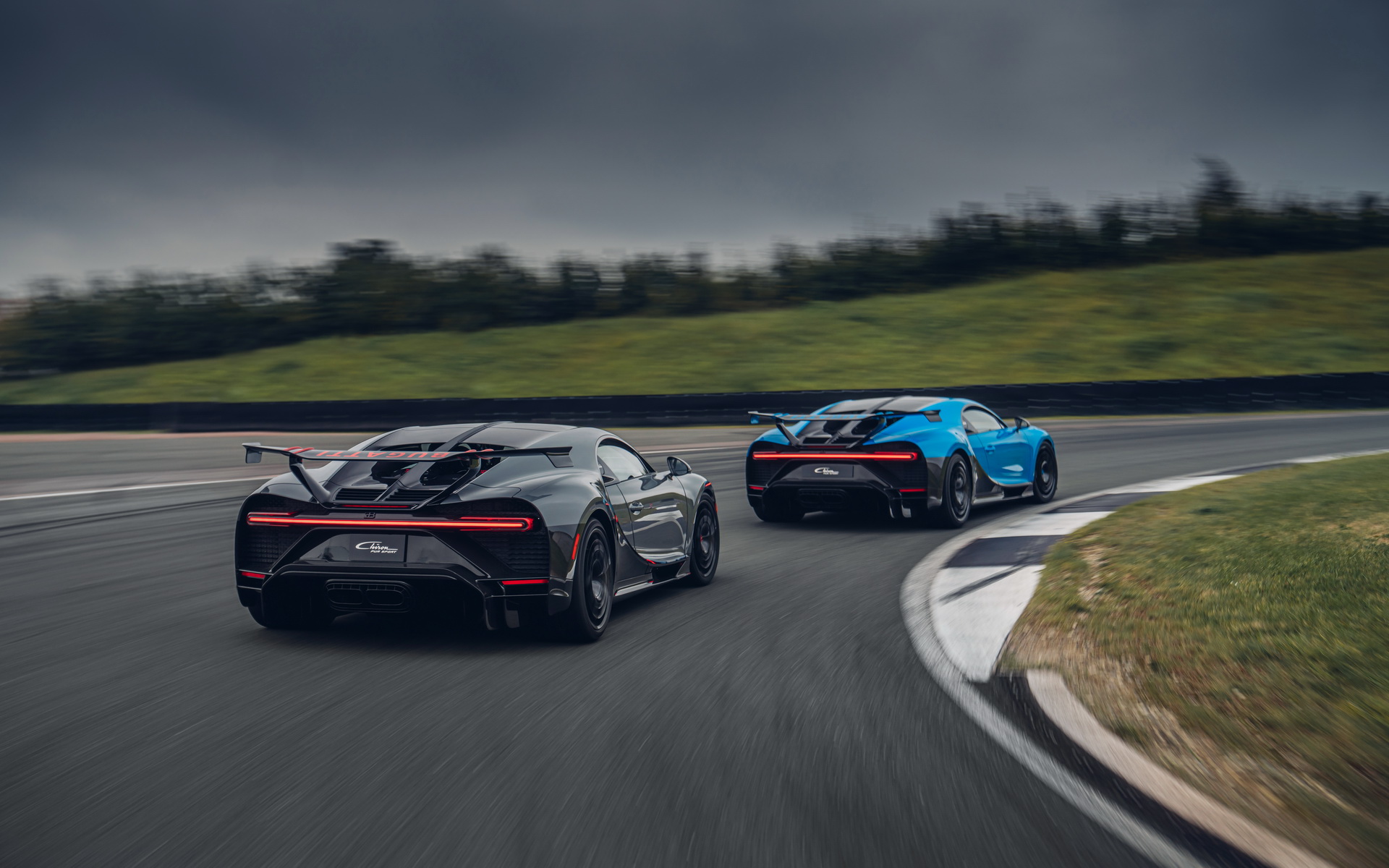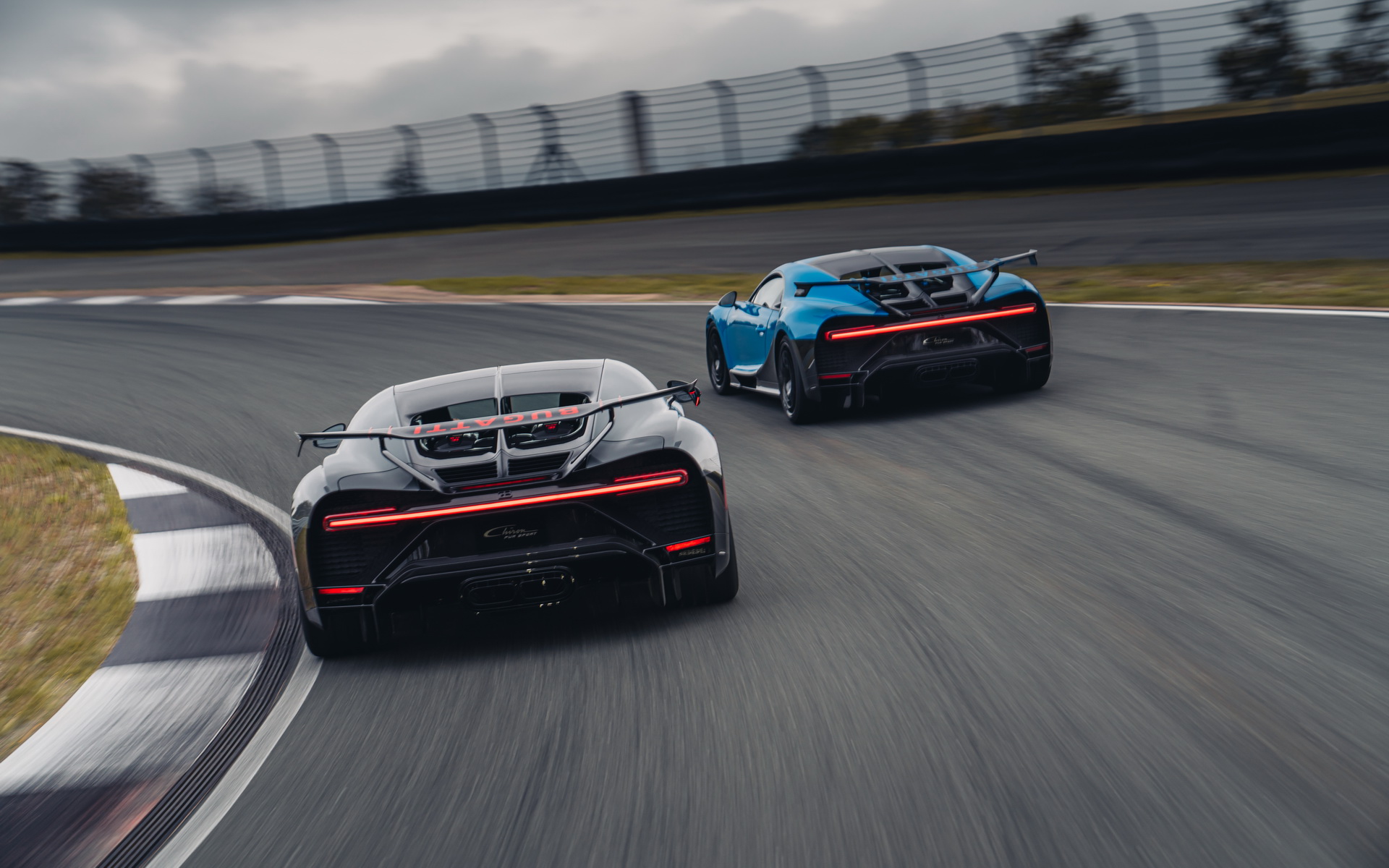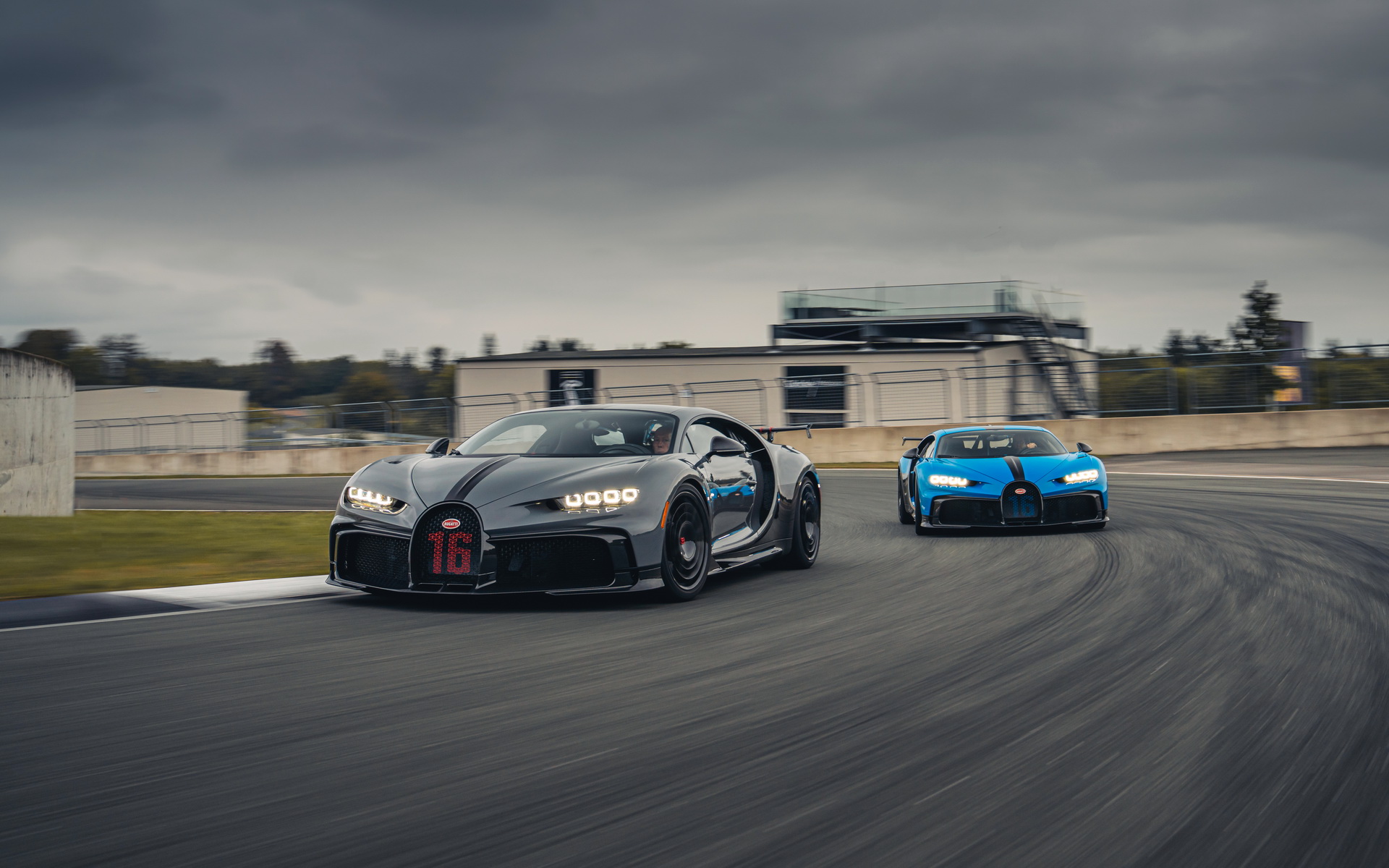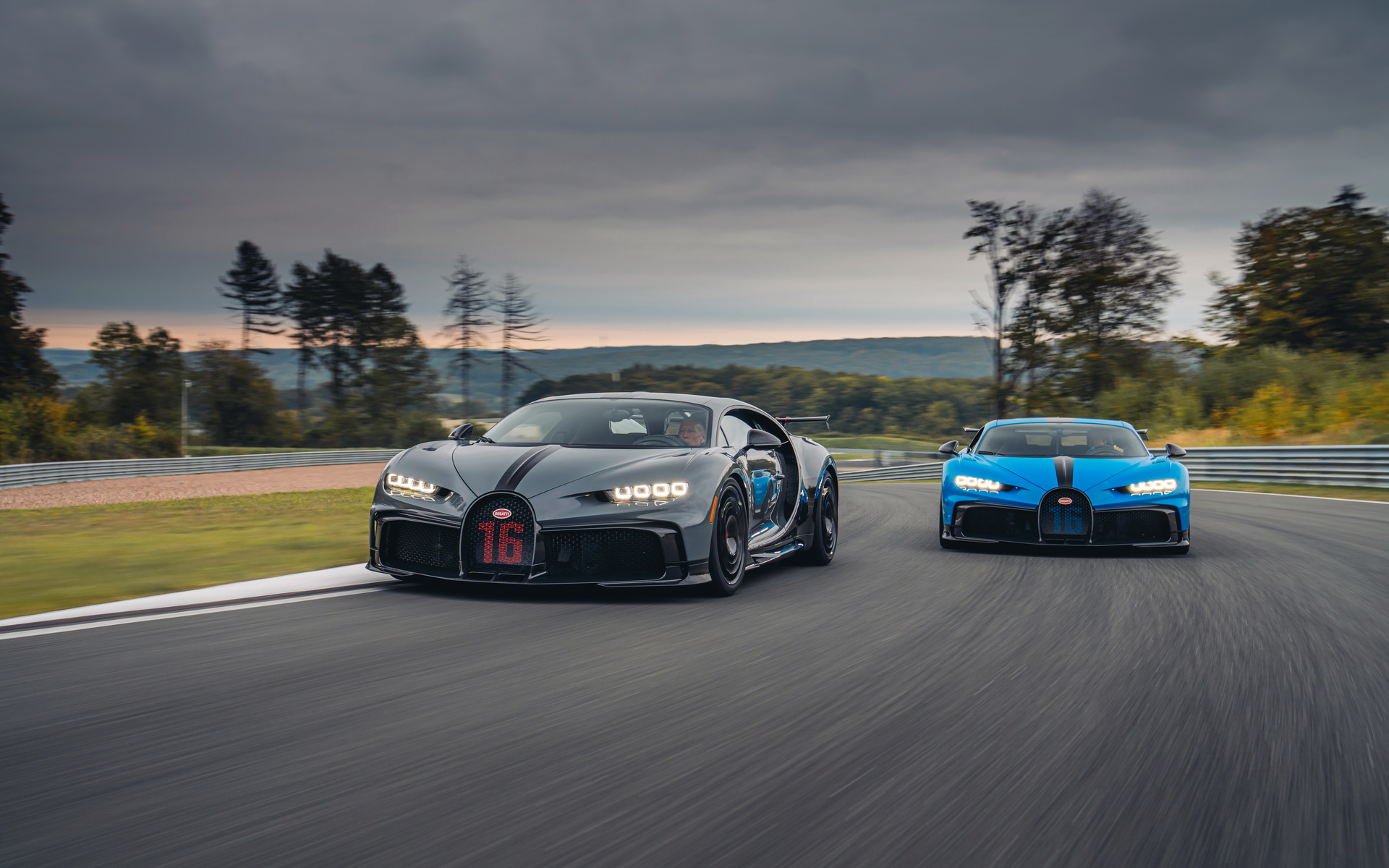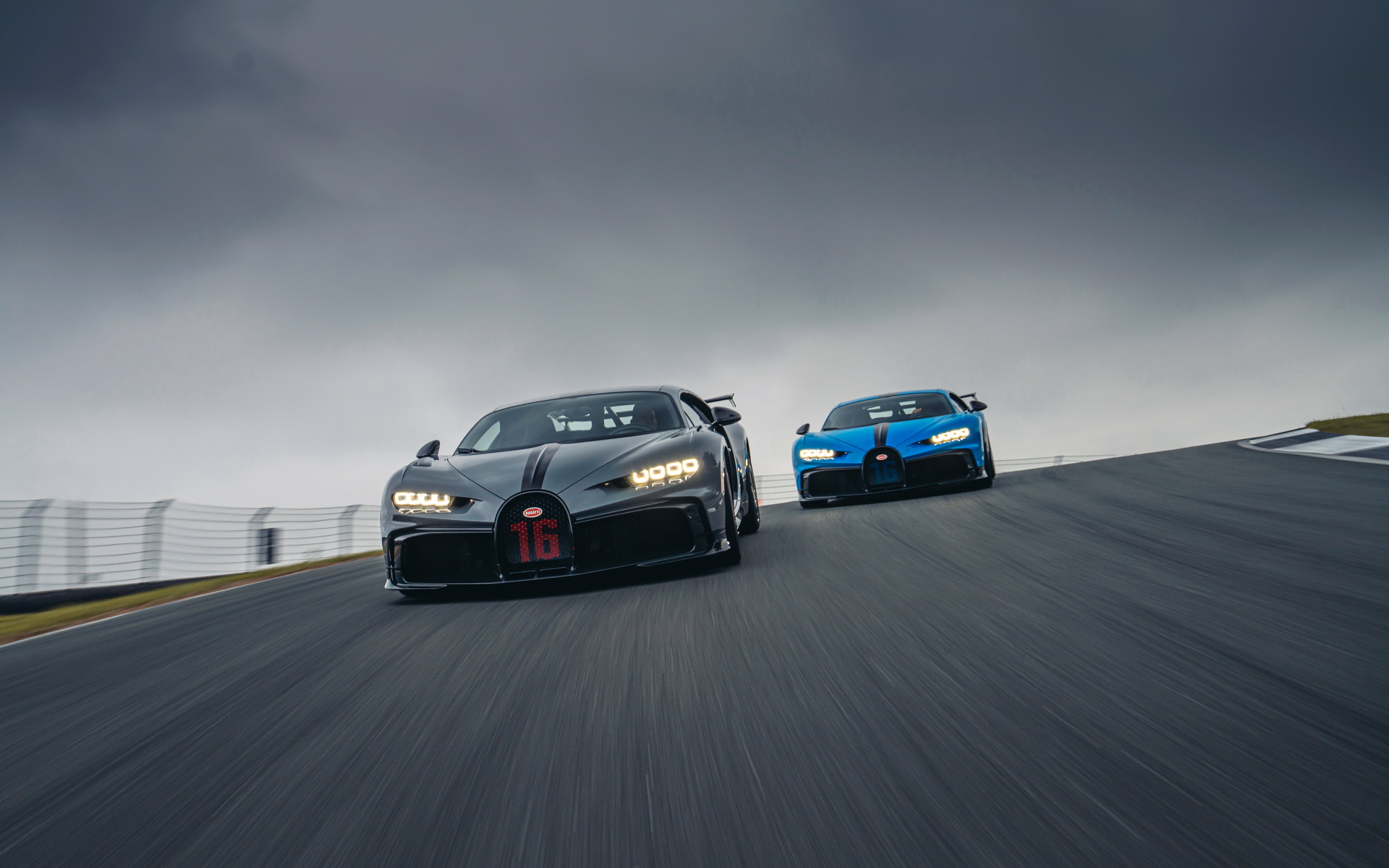Want to drive the ballistic Bugatti Chiron Pur Sport in real life? There are only two ways to do that – okay, three, if you have a rich friend/family member who bought one and will entrust you with it.
Don’t go searching for driving gloves yet, unless you actually secured a build slot and are waiting for the Molsheim company to ship it over to you, or if you’re a journo with close ties to the French automaker, as that’s how you’re going to take a seat behind the wheel.
Available to a select few to experience on public roads and at the Bilster Berg racetrack in Germany, the most agile version of the Chiron is finally complete. It took over 18 months of work, countless hours of development and more than 50,000 km (31,069 miles) of fine-tuning. The end result is what you’d except with the hypercar boasting advanced aerodynamics, several technical enhancements and a weight reduction over the ‘regular’ variant.
Watch Also: Bugatti Chiron Pur Sport Onboard Footage From Nürburgring Testing Will Make Your Day
“You have to experience this hyper sports car for yourself and feel what’s special about it in order to be able to appreciate the unbelievable work of the entire team”, said Bugatti President Stephan Winkelmann. “Our customers can therefore push the Chiron Pur Sport to its limits on the Bilster Berg race track and then experience its everyday usability on public roads.”
Besides the wider air intakes, big front splitter, wheel arch ventilation, bigger diffuser and fixed 1.9-meter (75 in) wide rear wing, the Chiron Pur Sport features more negative camber, a stiffer suspension and specially developed Michelin tires.
The ESC Sport+ mode, which kicks in later than the regular ESC, allowing more slip and controlled drifts, is part of the package, alongside a shorter transmission ratio a quad-turbo 8.0-liter W16 that revs 200rpm higher.
The engine still produces 1,500 PS (1,479 HP / 1,103 kW) and 1,600 Nm (1,180 lb-ft) of torque, but due to improvements, the car has shaved one tenth of a second from the 0-100 km/h (0-62 mph) sprint, which now takes 2.3 instead of 2.4 seconds. From 0 to 200 km/h (0-124 mph), it is 0.6 seconds faster, at 5.5 seconds, and in sixth gear, it sprints from 60 to 120 km/h (37-75 mph) in 3.4 instead of 7.4 seconds. Top speed is electronically capped at 350 km/h (217 mph).







